Philosopher of her own Ruin
Dusti Bongé, Rosemarie Castoro, Anna Bella Geiger, Susan Hiller, Ishiuchi Miyako, Lisa Robertson, Bertram Schmiterlöw, Sydney Schrader, Linda Semadeni, Tokiwa Toyoko
February 23 – July 27, 2025
Opening: Saturday 22 February, from 7pm

Toyoko Tokiwa, Oroku's Room, 1968, gelatin silver print. Courtesy of the Museum of Yokohama Urban History. Copyright Museum of Yokohama Urban History, 2003.
Exhibition Guide
- German (PDF, 611.3 KB)
- English (PDF, 609.5 KB)
- Gabriela Acha on Philosopher of her own Ruin (PDF, 3.8 MB)
This exhibition and its attendant research follow the path of an entity, once a person, who passed from a moment of hypervisibility into invisibility at a critical juncture in their life. It was in this later moment of life, when their body had undergone a previously unknown transformation, that a new freedom came to them. This new freedom then allowed an entirely novel path of self-realization to occur.
The poet Lisa Robertson (born 1961) calls this self-realization an “undocumented corporeality,” where new “scintillating research” can begin for the entity. It is not that a new life begins as much as a new mode of operating begins. This operation is done from the margins, in secret and also in plain-view. This new body plays with the dereliction of value – they don’t need anything you have to offer.
Robertson’s proverbs are used as a soft-launching pad for the conception of the exhibition, which brings together works by artists from varying historical and geographical backgrounds.
The exhibition begins with the Japanese photographer Toyoko Tokiwa (1928–2019). Her work attests to the transformation of life through the subjects of her investigations. She presents the form of this new body after it has passed from a time of hyperfixation to near invisibility.
Like all the artists included, Tokiwa’s work in the exhibition is not hinged upon her identity or nationality. Her photographs initiate this presentation of an exhibition that is conspicuously concerned less with ‘who’ is doing the work, and instead concerned with ‘why’ are they doing the work. Like the works presented, the person (artist) attached to the creation of the work is no longer just a person or identity, as they are placed in focused communication within a larger study of this unforged path to self-realization.
Works by Dusti Bongé (1903–93), Rosemarie Castoro (1939–2015), Anna Bella Geiger (born 1933), Susan Hiller (1940–2019), Miyako Ishiuchi (born 1947), Bertram Schmiterlöw (1920–2002), Sydney Schrader (born 1987), and Linda Semadeni (born 1985) fulfill this path.
Ultimately, this path is one of obsolescence, as their evaluation of previous operations of living did not meet their expectations. However, by becoming obsolete, they remain durable and steadfast. In alignment with Zen principles, they are emptied of their former selves and are now made anew and unbreakable.
Works in the exhibition by these artists focus on the space between the violent tumult of this transformation and the peace afforded upon passing to the other side. Loneliness is a virtue of the works, as they operate in the area of invisibility. But their bodies are still recognized, their doubts and sensations still fully lived. These new entities demand more from the lives they lead before, as they offer an alternative interpretation of necessity.
The exhibition presents an intimate display of works not only to encounter but to drift amongst. This presentation offers a promenade of experiences, ornamented by lives that have shed the remand for use-value foisted upon them by society. A loss through which the bodies discover a newautonomy of equally substantive pleasure and ruin.
–Alan Longino
Curated by Alan Longino, realised by Fatima Hellberg, Andrew Christopher Green and Martha Joseph
An accompanying publication, edited by Fatima Hellberg, Andrew Christopher Green and Martha Joseph, will be published on the occasion of the opening.
Philosopher of her own Ruin is the final exhibition in the programme of Fatima Hellberg.
Curator, writer, and art historian Alan Longino (1987–2024) was born and raised in Biloxi, Mississippi. Having worked across the Rhineland, New York, and Chicago, he was a Ph.D. student in art history at the University of Chicago, where he ran the space Longino I.A.H. (2023–2024). His academic research focused on postwar Japanese conceptual art. As an independent curator he organised and co-organised exhibitions at galleries and universities including 15 Orient, New York; Empty Gallery, Hong Kong; Gallery G, Hiroshima; the University of Hawai’i; and Yale Union. With Yale Union they re-published Yutaka Matsuzawa’s 1988 manuscript Quantum Art Manifesto for the first time outside of Japan.
This project is supported by the Jenni Crain Foundation, an initiative dedicated to preserving the legacy of the esteemed artist and curator; Kunststiftung NRW; Pro Helvetia; the Karin und Uwe Hollweg Stiftung and a circle of supporters who generously have committed to this project, including Stephen Cheng and Alexander Lau; James Cahn and Jeremiah Collatz; Ines Knauber; Julius Woeste; Manoucher Khoshbakht; Dr Antonia Nolte; Max Mayer; Maxwell Graham; Jan Kaps; Piotr Drewko and Carol Greene.

Philosopher of her own Ruin, Toyoko Tokiwa, Bonner Kunstverein, 2025. Exhibition view. Courtesy Tokyo Photographic Art Museum. Photo: Mareike Tocha.
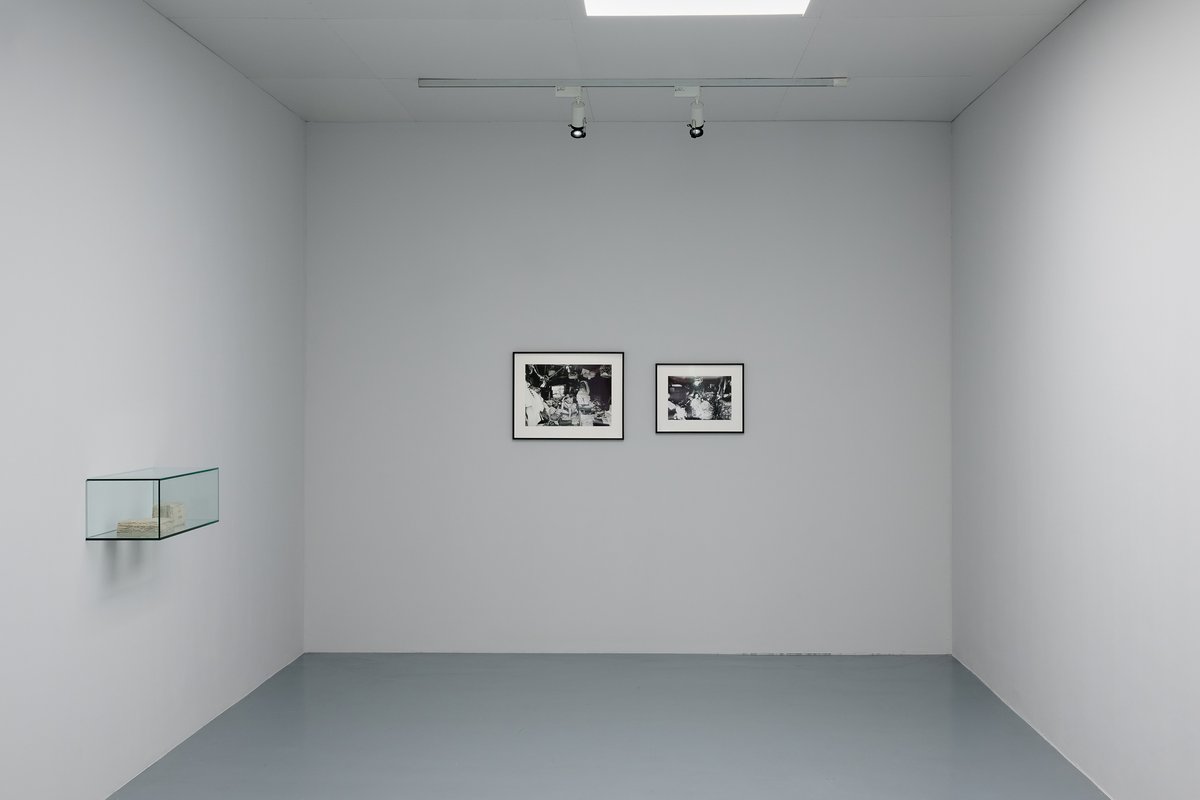
Philosopher of her own Ruin, Susan Hiller (left), Toyoko Tokiwa (right), Bonner Kunstverein, 2025. Exhibition view. Courtesy the Tokyo Photographic Art Museum und copyright the Estate of Susan Hiller; courtesy of Lisson Gallery. Photo: Mareike Tocha.

Toyoko Tokiwa, Oroku’s Room, 1968, inkjet print, 32,4 × 48,5 cm (left); Oroku’s Room, 1968, inkjet print, 24,5 × 35,3 cm (right). Courtesy Museum of Yokohama Urban History and the Tokyo Photographic Art Museum. Foto: Mareike Tocha.
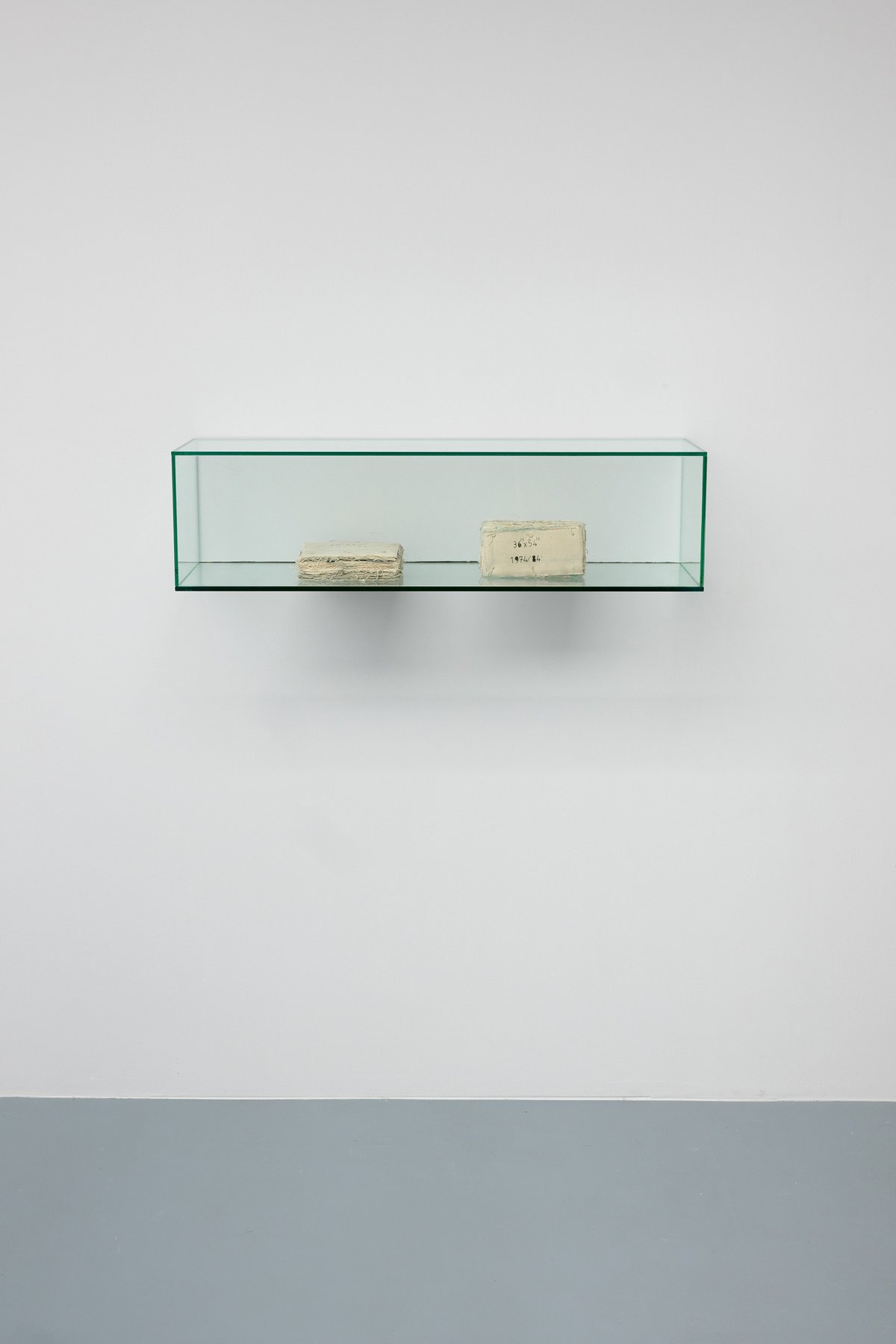
Susan Hiller, Painting Block (1): 1974/75, 48” × 48”, 1980, oil on canvas, cut and bound with thread into block, 15,9 × 15,9 × 4,2 cm (left), Painting Block (10): 1974/84, 36” × 54”, 1980, oil on canvas, cut and bound with thread into block, 7,6 × 16,5 × 8,3 cm (right). Copyright the Estate of Susan Hiller; courtesy of Lisson Gallery. Photo: Mareike Tocha.
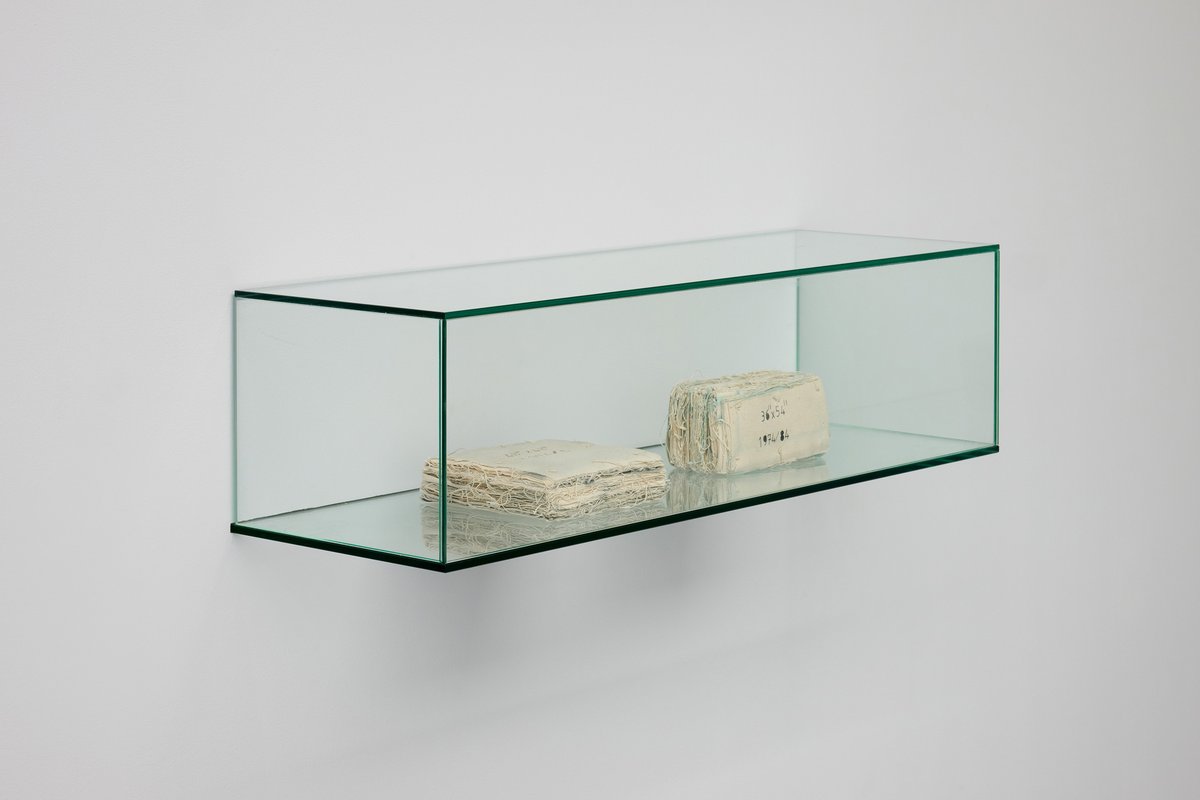
Susan Hiller, Painting Block (1): 1974/75, 48” × 48”, 1980, oil on canvas, cut and bound with thread into block, 15,9 × 15,9 × 4,2 cm (left), Painting Block (10): 1974/84, 36” × 54”, 1980, oil on canvas, cut and bound with thread into block, 7,6 × 16,5 × 8,3 cm (right). Copyright the Estate of Susan Hiller; courtesy of Lisson Gallery. Photo: Mareike Tocha.
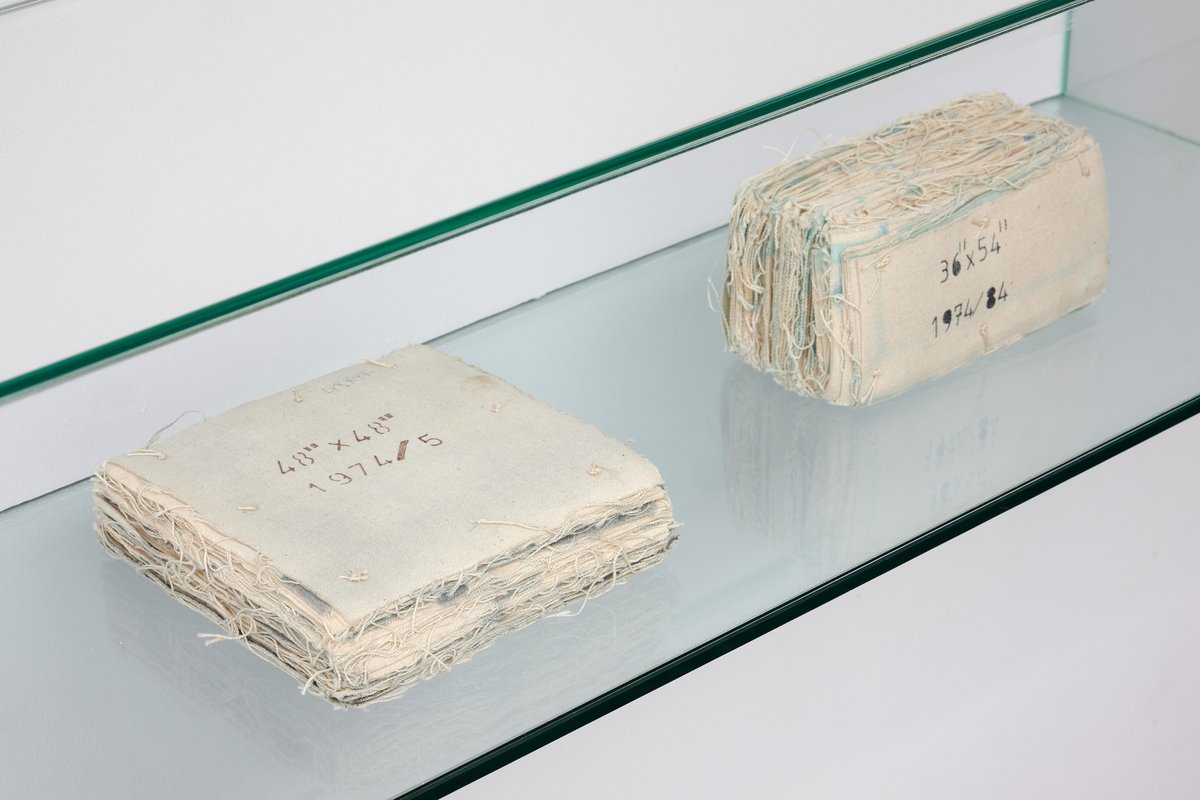
Susan Hiller, Painting Block (1): 1974/75, 48” × 48”, 1980, oil on canvas, cut and bound with thread into block, 15,9 × 15,9 × 4,2 cm (left), Painting Block (10): 1974/84, 36” × 54”, 1980, oil on canvas, cut and bound with thread into block, 7,6 × 16,5 × 8,3 cm (right). Copyright the Estate of Susan Hiller; courtesy of Lisson Gallery. Photo: Mareike Tocha.
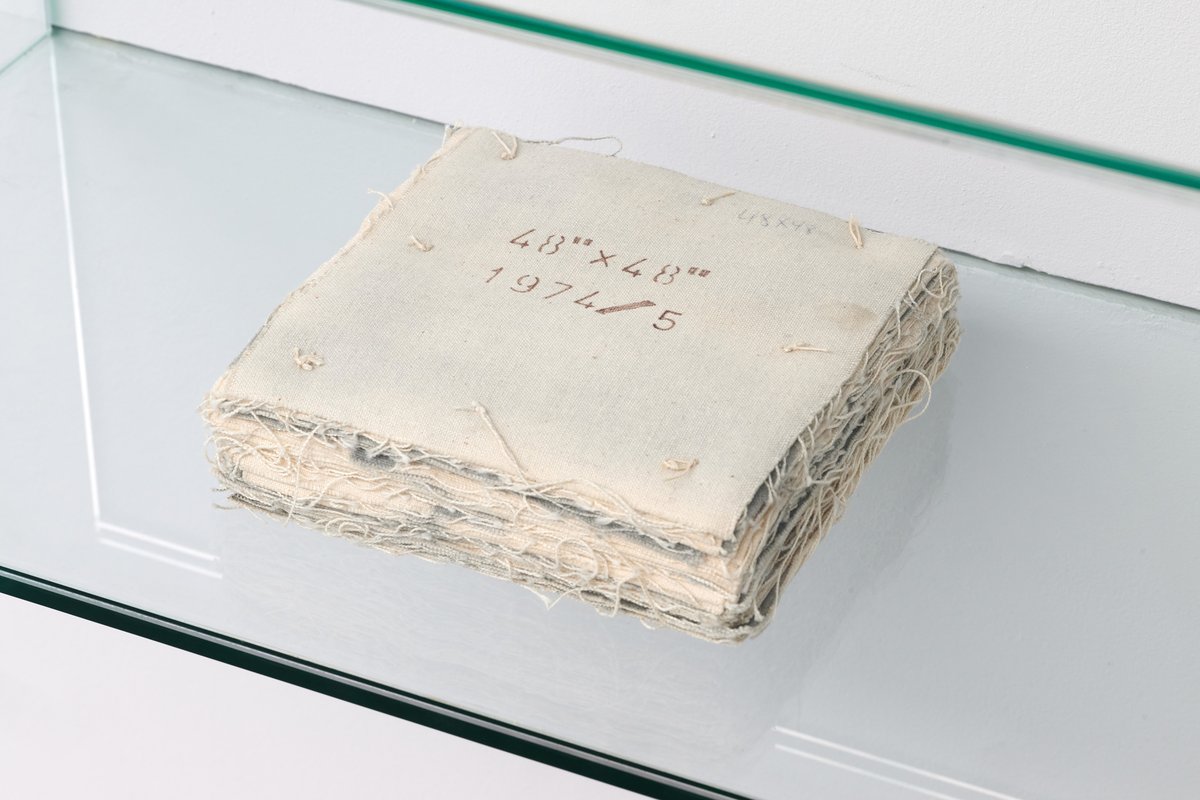
Susan Hiller, Painting Block (1): 1974/75, 48” × 48”, 1980, oil on canvas, cut and bound with thread into block, 15,9 × 15,9 × 4,2 cm. Copyright the Estate of Susan Hiller; courtesy of Lisson Gallery. Photo: Mareike Tocha.
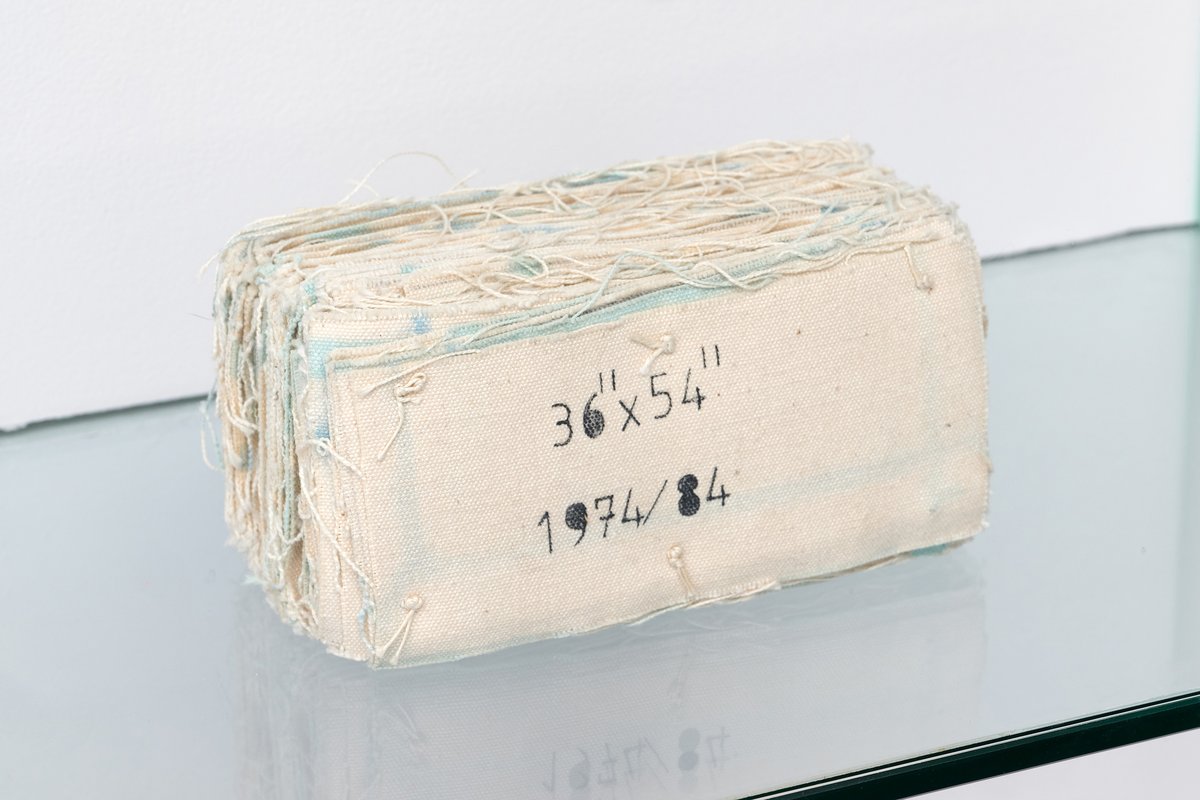
Susan Hiller, Painting Block (10): 1974/84, 36” × 54”, 1980, oil on canvas, cut and bound with thread into block, 7,6 × 16,5 × 8,3 cm. Copyright the Estate of Susan Hiller; courtesy of Lisson Gallery. Photo: Mareike Tocha.
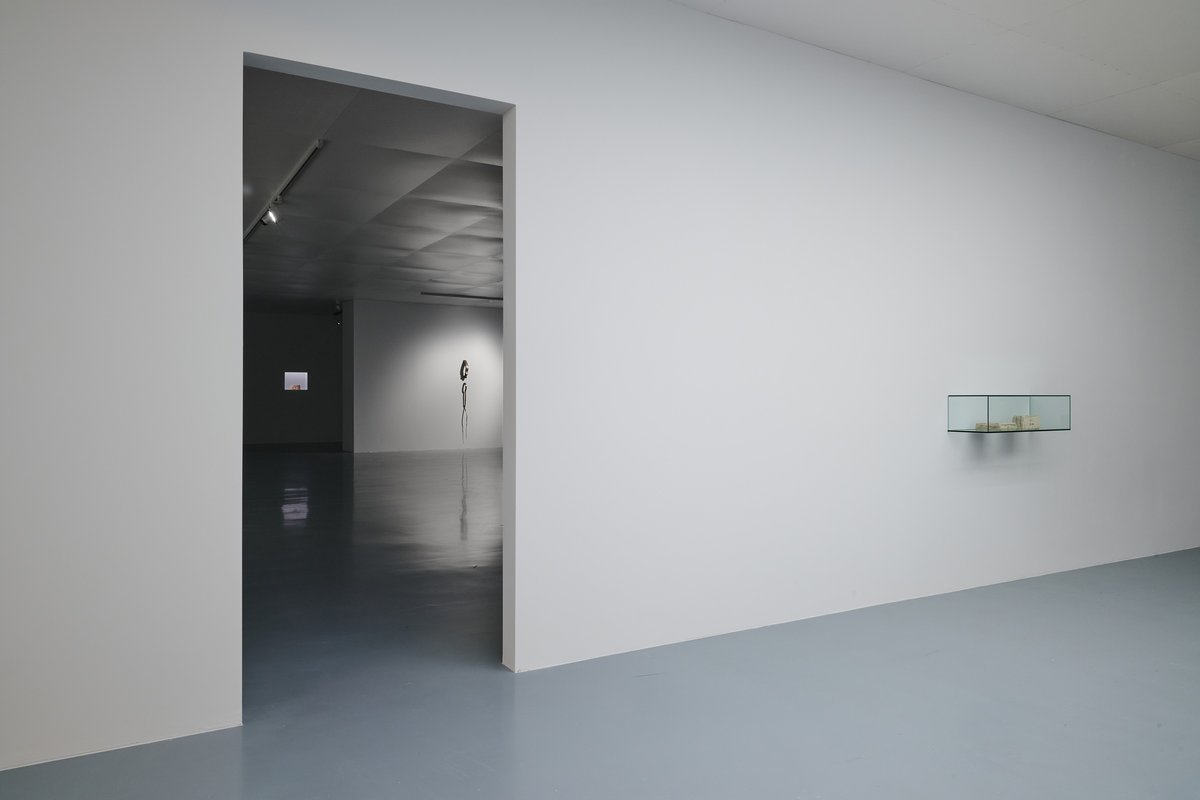
Philosopher of her own Ruin, Bonner Kunstverein, 2025. Exhibition view. Foto: Mareike Tocha.
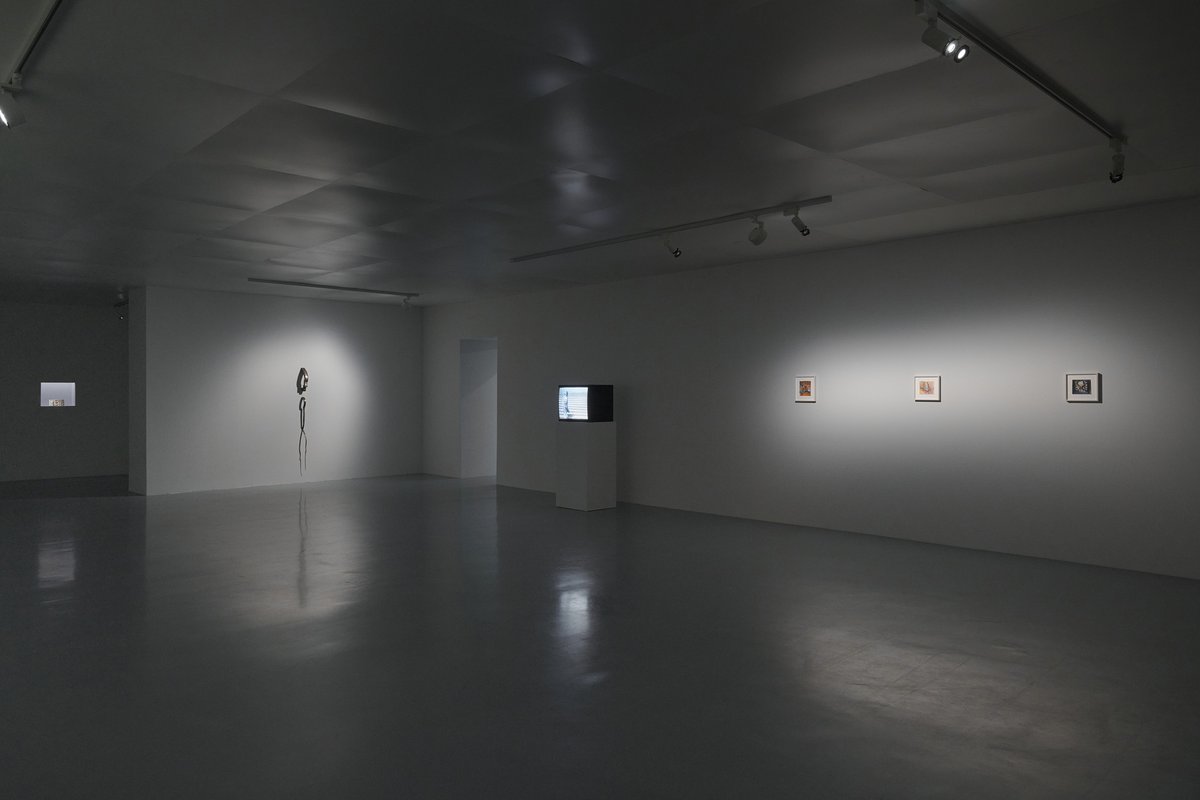
Philosopher of her own Ruin, Bonner Kunstverein, 2025. Exhibition view. Foto: Mareike Tocha.
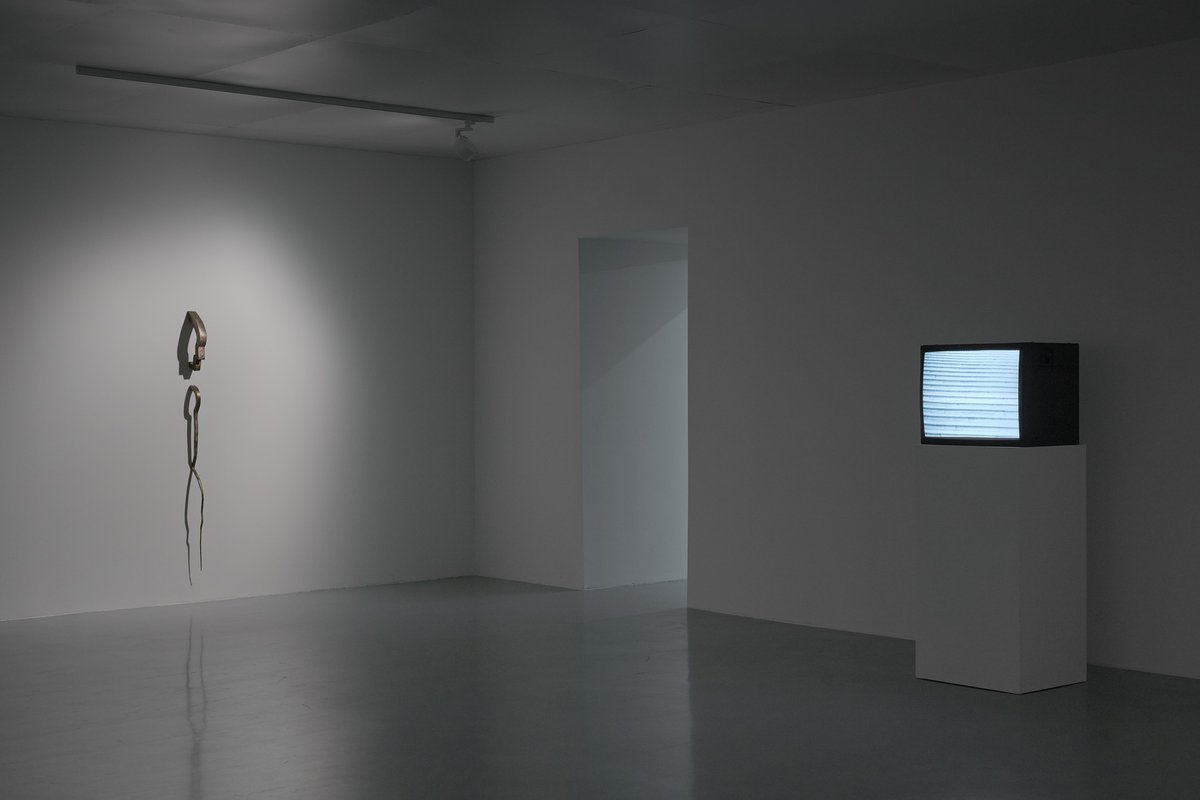
Philosopher of her own Ruin, Bonner Kunstverein, 2025. Exhibition view. Foto: Mareike Tocha.
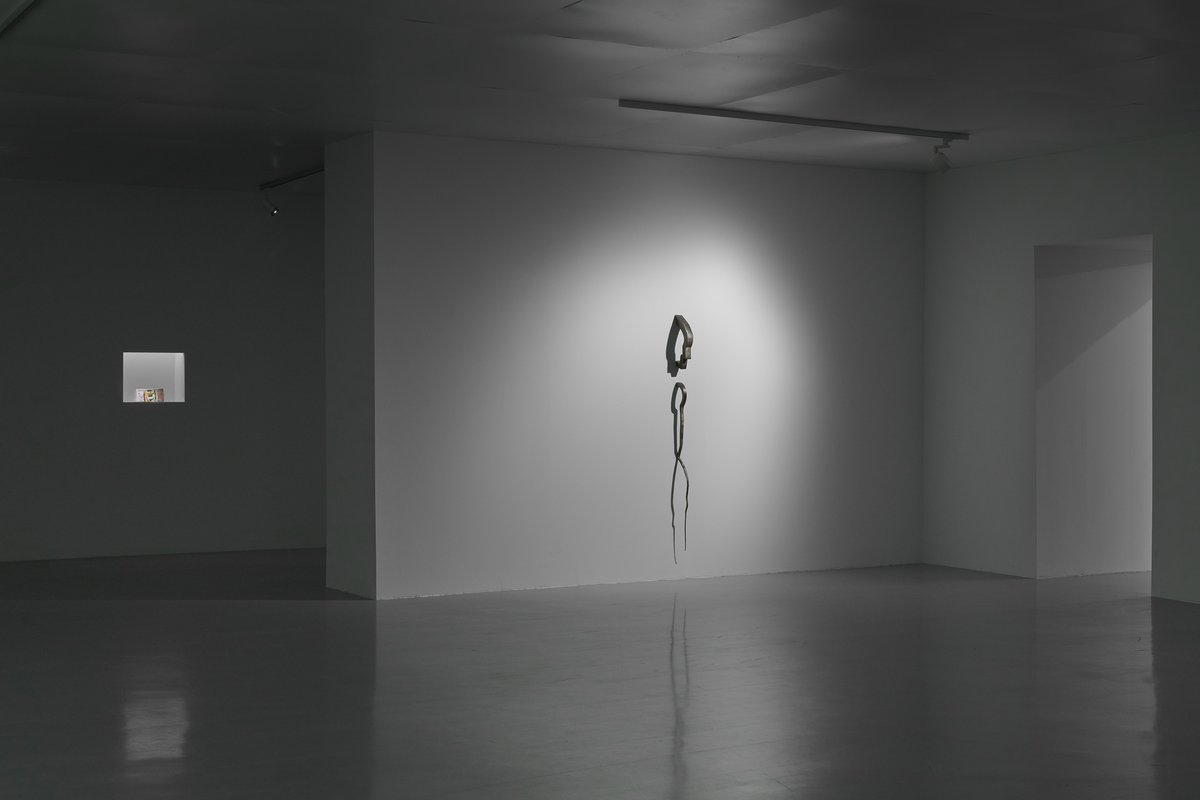
Philosopher of her own Ruin, Bonner Kunstverein, 2025. Exhibition view. Foto: Mareike Tocha.
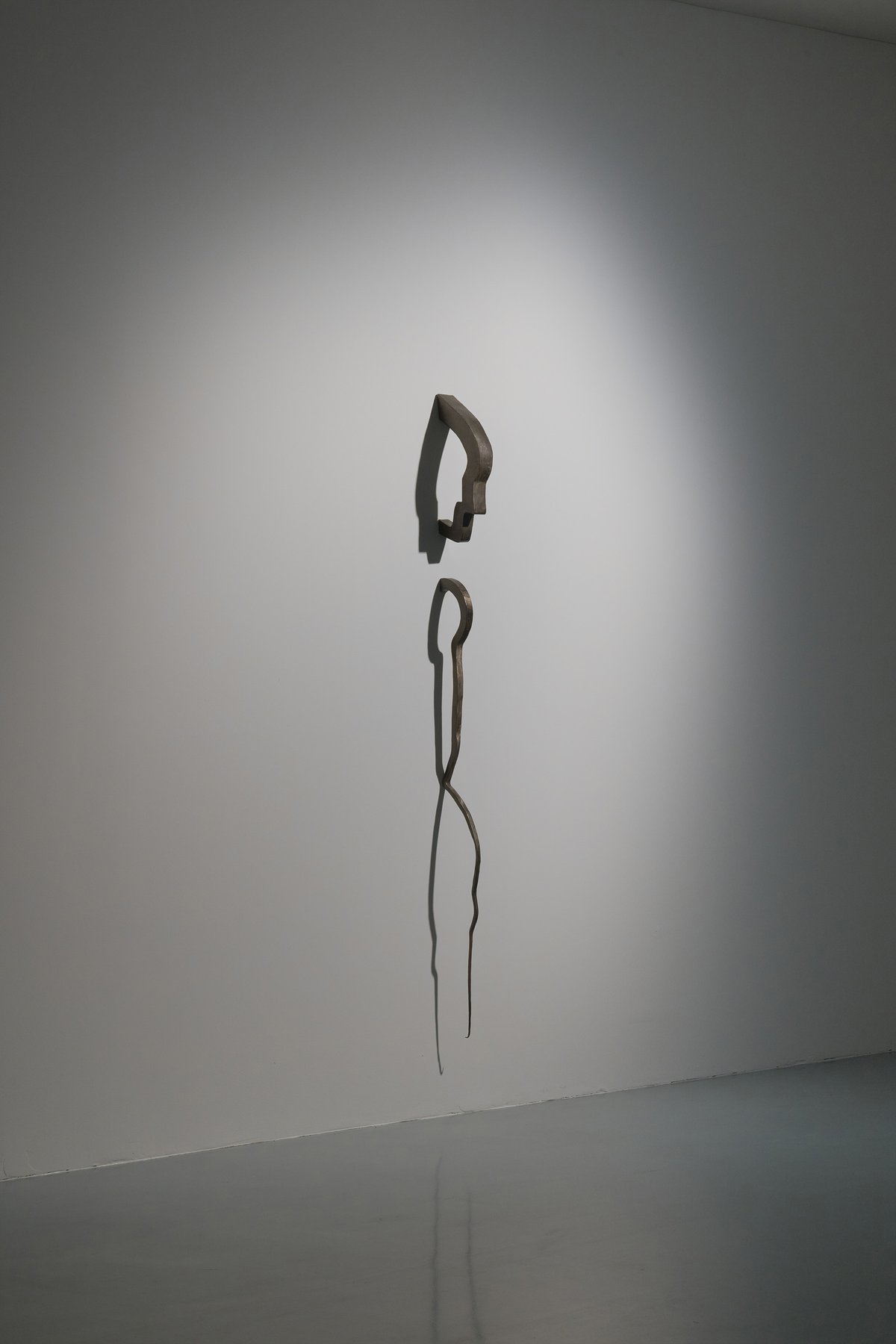
Rosemarie Castoro, Sarcophagus Self-Portrait, 1994, welded stainless steel, 173 × 6 × 15 cm. Courtesy Collection Arnaud Lefebvre, Paris. Photo: Mareike Tocha.

Rosemarie Castoro, Sarcophagus Self-Portrait, 1994, welded stainless steel, 173 × 6 × 15 cm. Courtesy Collection Arnaud Lefebvre, Paris. Photo: Mareike Tocha.
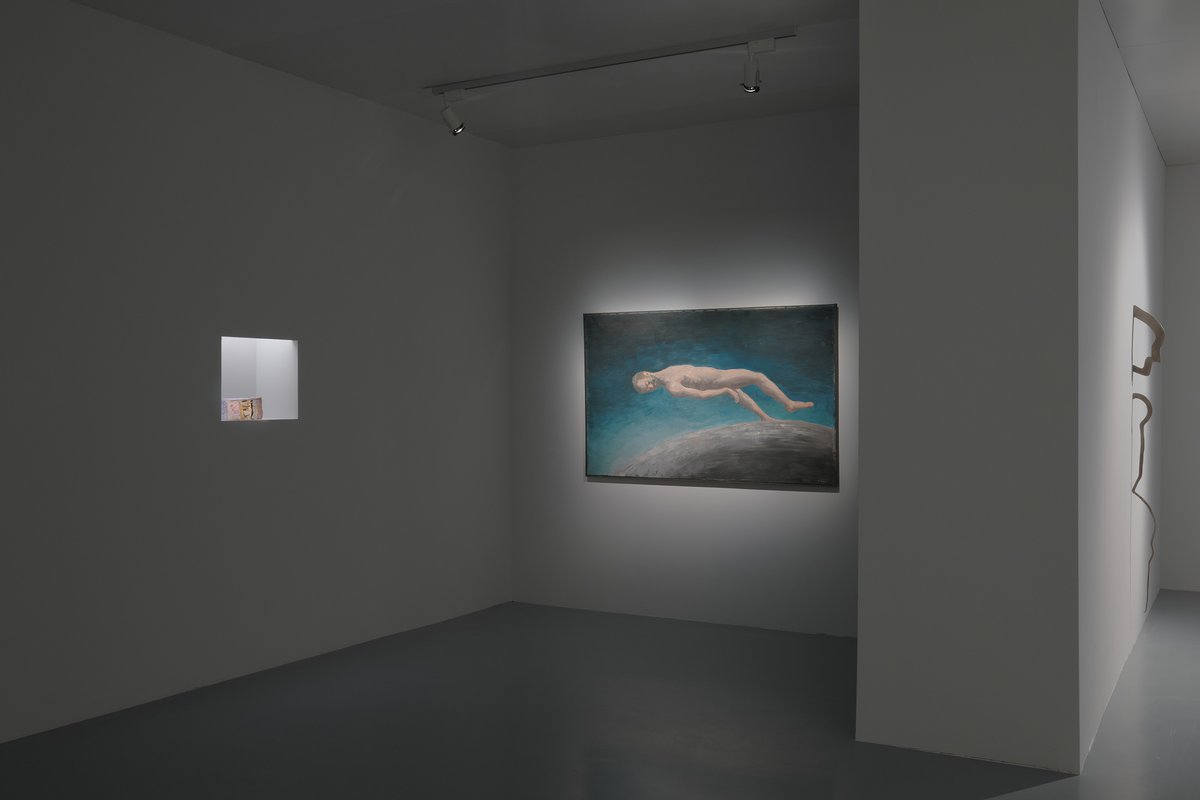
Philosopher of her own Ruin, Bonner Kunstverein, 2025. Exhibition view. Foto: Mareike Tocha.
![Bertram Schmiterlöw, Sömnen [the sleep], ca. 2000, oil on canvas, 102 x 162 cm. Photo: Mareike Tocha.](/media/images/16.2025.02.24_Bonner_Kunstverein_071.width-1200.jpg)
Bertram Schmiterlöw, Sömnen [the sleep], ca. 2000, oil on canvas, 102 × 162 cm. Photo: Mareike Tocha.
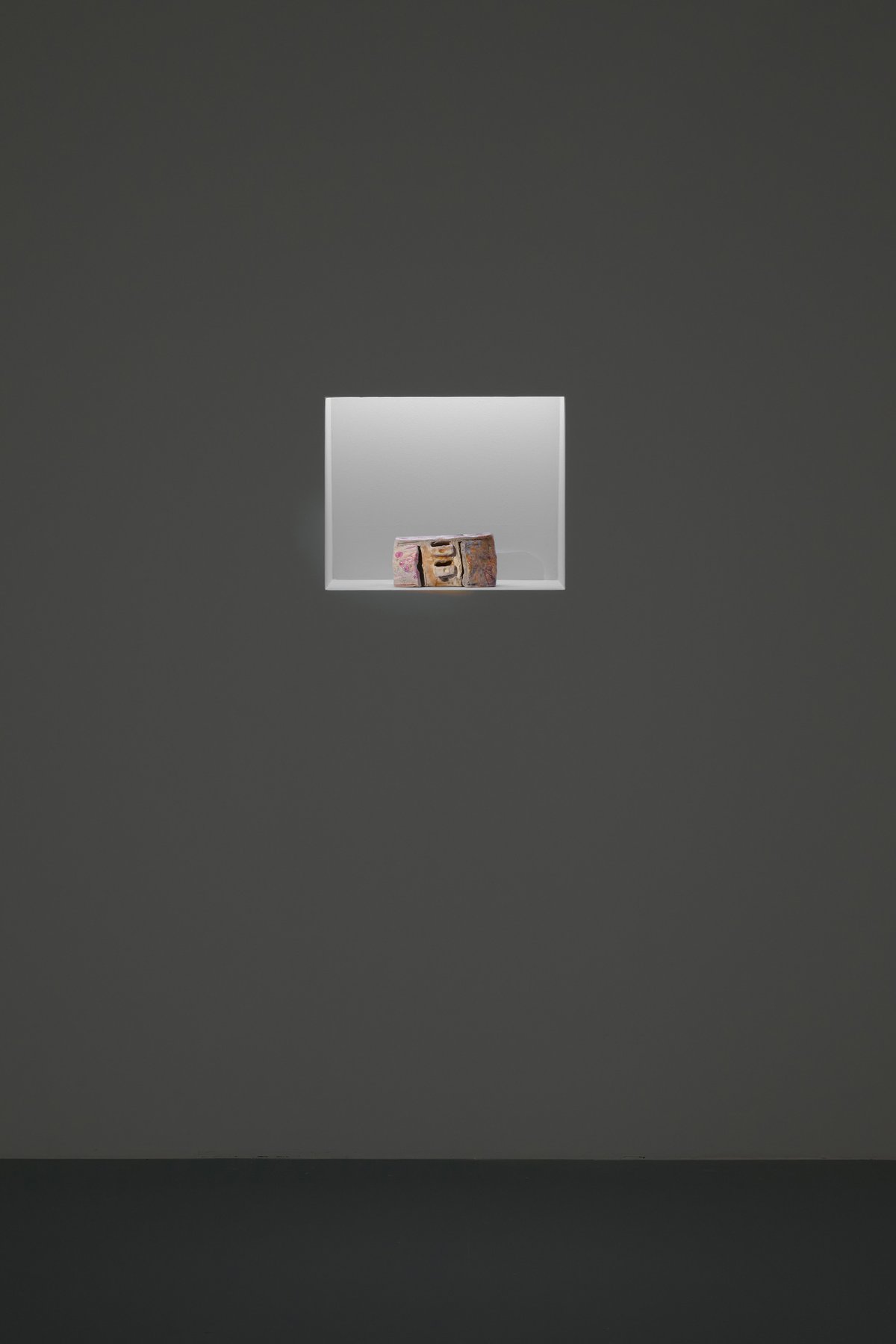
Linda Semadeni, Schrank, 2017, unfired clay, wax, marker, pigments, pencil and colored pencil, 11 × 22 × 8 cm. Courtesy the artist. Photo: Mareike Tocha.
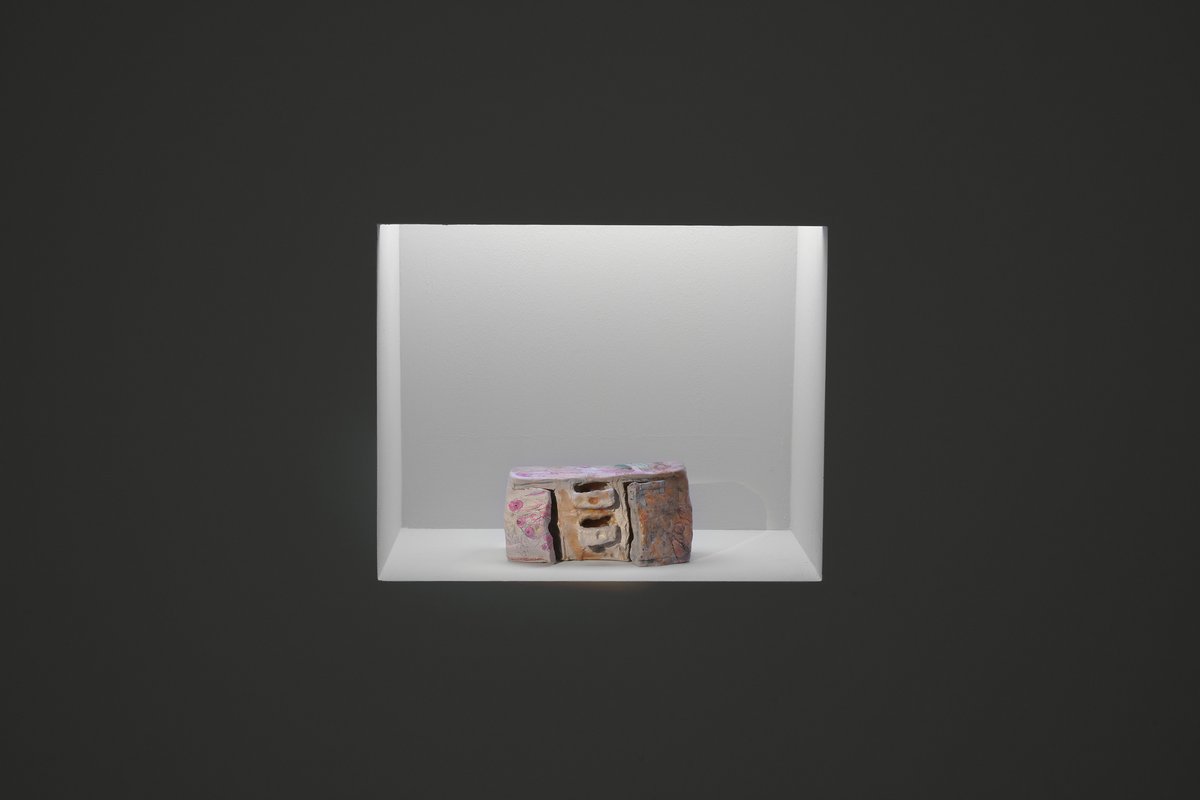
Linda Semadeni, Schrank, 2017, unfired clay, wax, marker, pigments, pencil and colored pencil, 11 × 22 × 8 cm. Courtesy the artist. Photo: Mareike Tocha.

Linda Semadeni, Schrank, 2017, unfired clay, wax, marker, pigments, pencil and colored pencil, 11 × 22 × 8 cm. Courtesy the artist. Photo: Mareike Tocha.
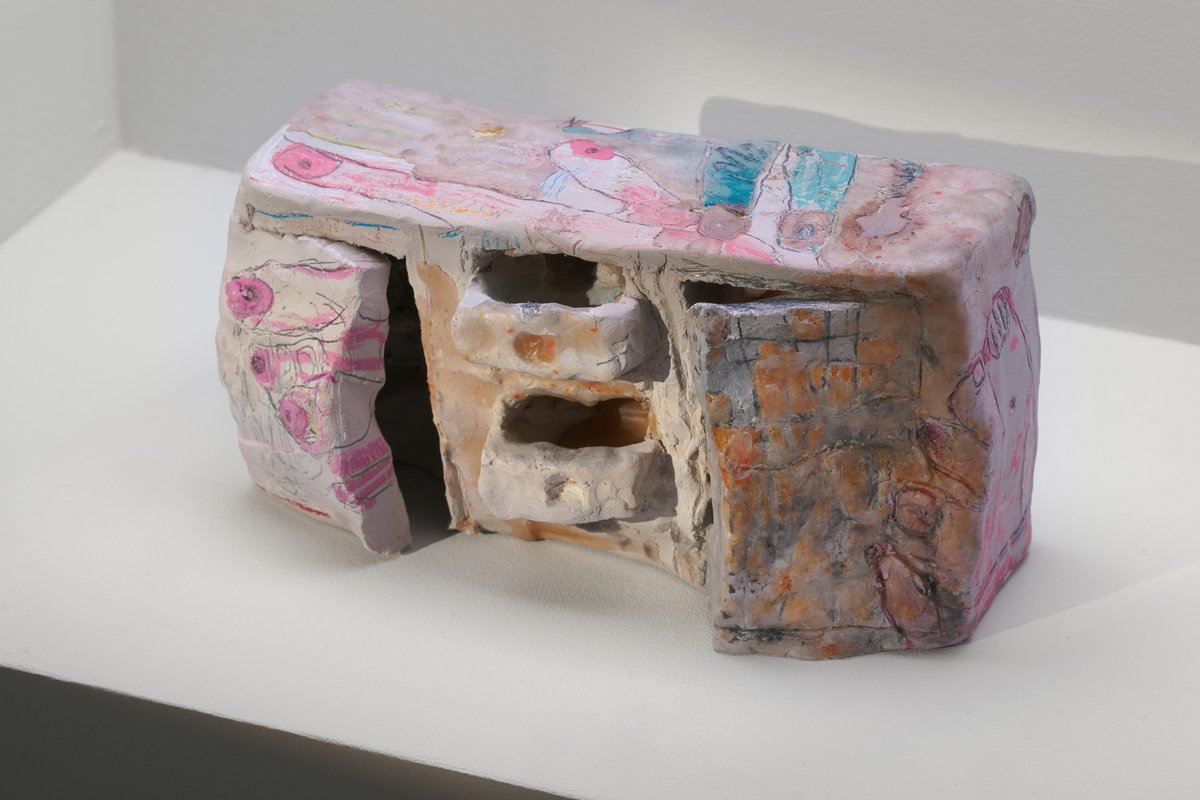
Linda Semadeni, Schrank, 2017, unfired clay, wax, marker, pigments, pencil and colored pencil, 11 × 22 × 8 cm. Courtesy the artist. Photo: Mareike Tocha.
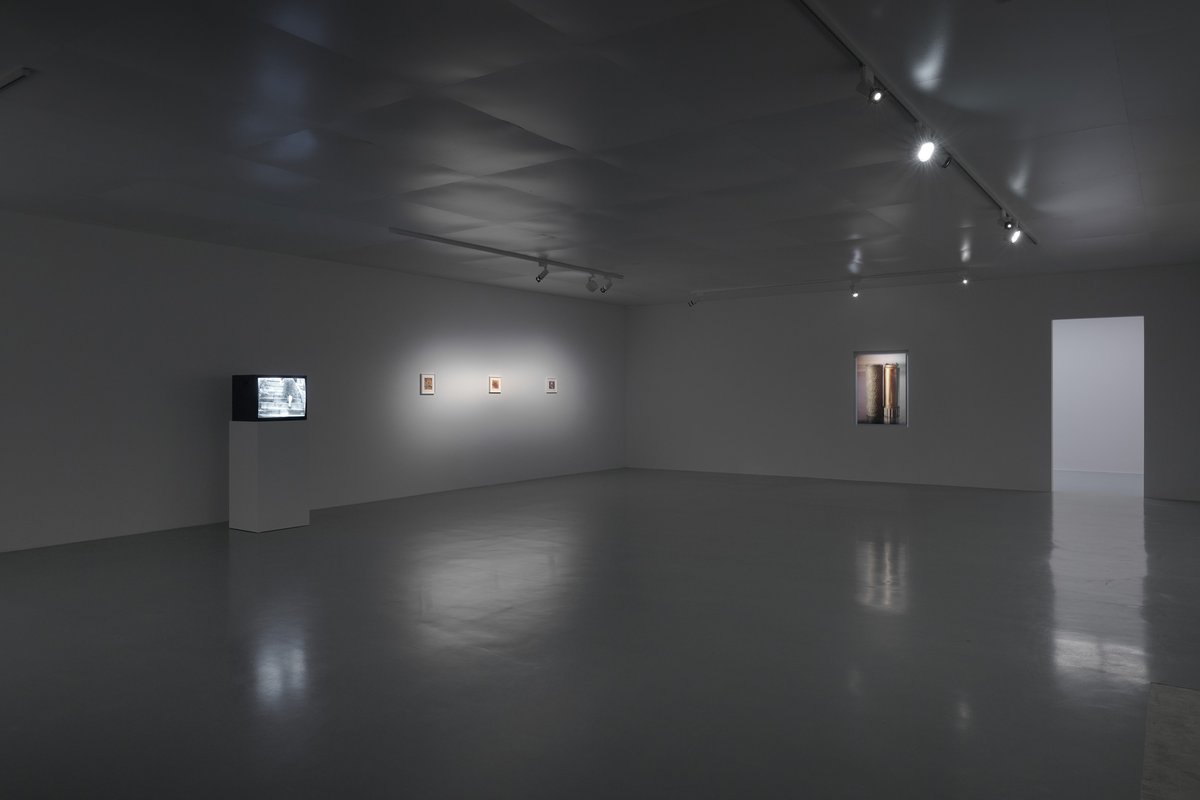
Philosopher of her own Ruin, Bonner Kunstverein, 2025. Exhibition view. Photo: Mareike Tocha.
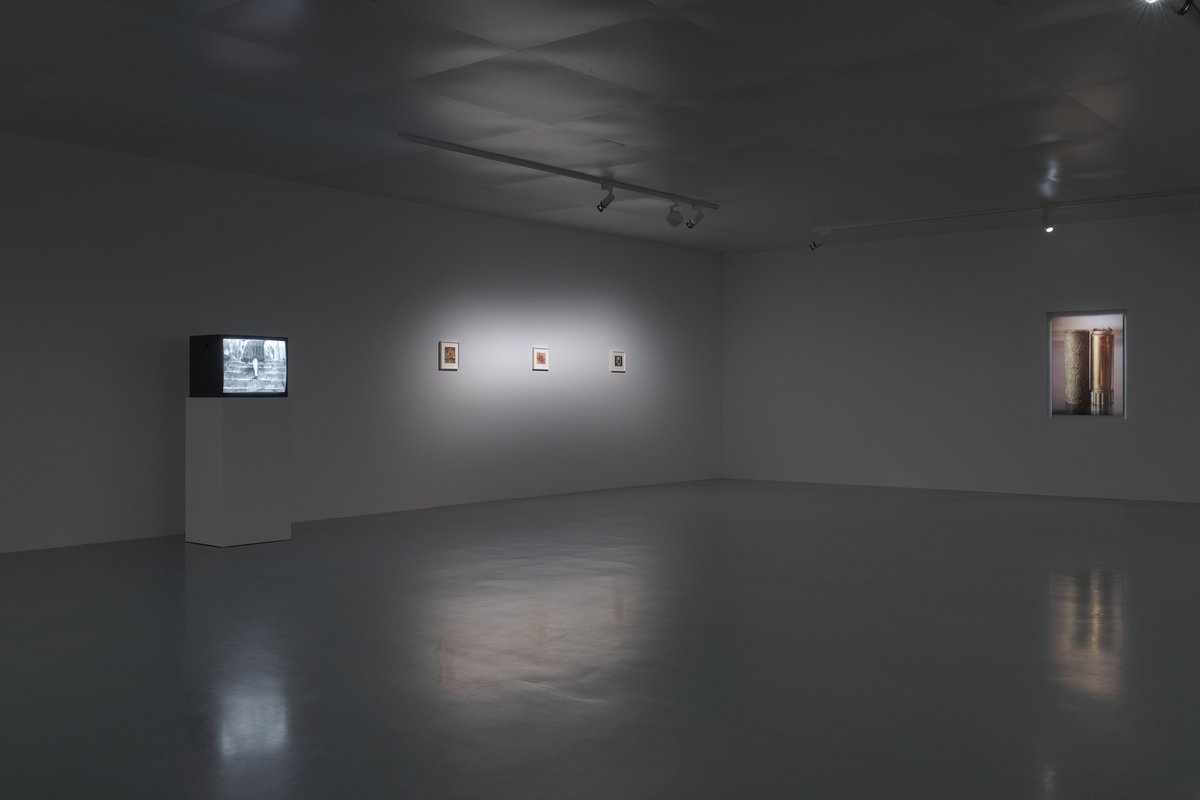
Philosopher of her own Ruin, Bonner Kunstverein, 2025. Exhibition view. Photo: Mareike Tocha.

Anna Bella Geiger, Passagens II, 1974, Video (black & white, sound), 9:55 min. Courtesy the artist. Poto: Mareike Tocha.
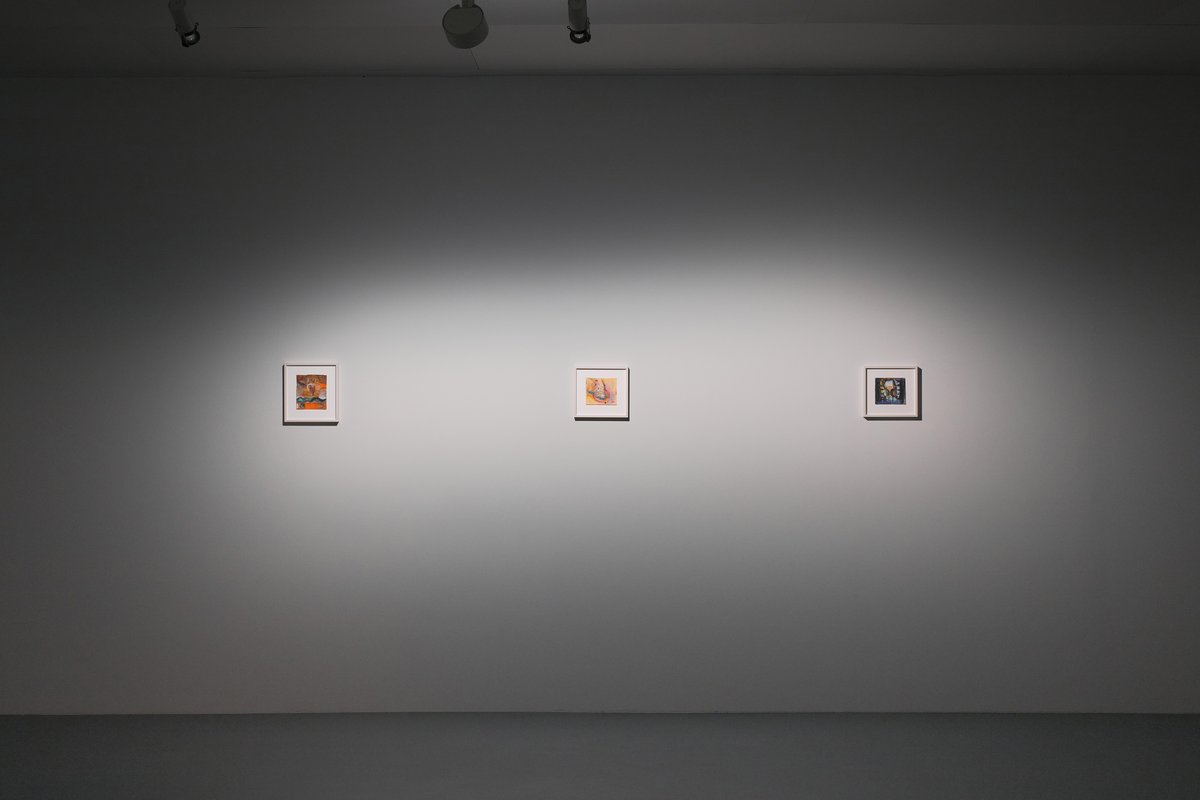
Philosopher of her own Ruin, Dusti Bongé, Bonner Kunstverein, 2025. Exhibition view. Courtesy Dusti Bongé Art Foundation. Photo: Mareike Tocha.
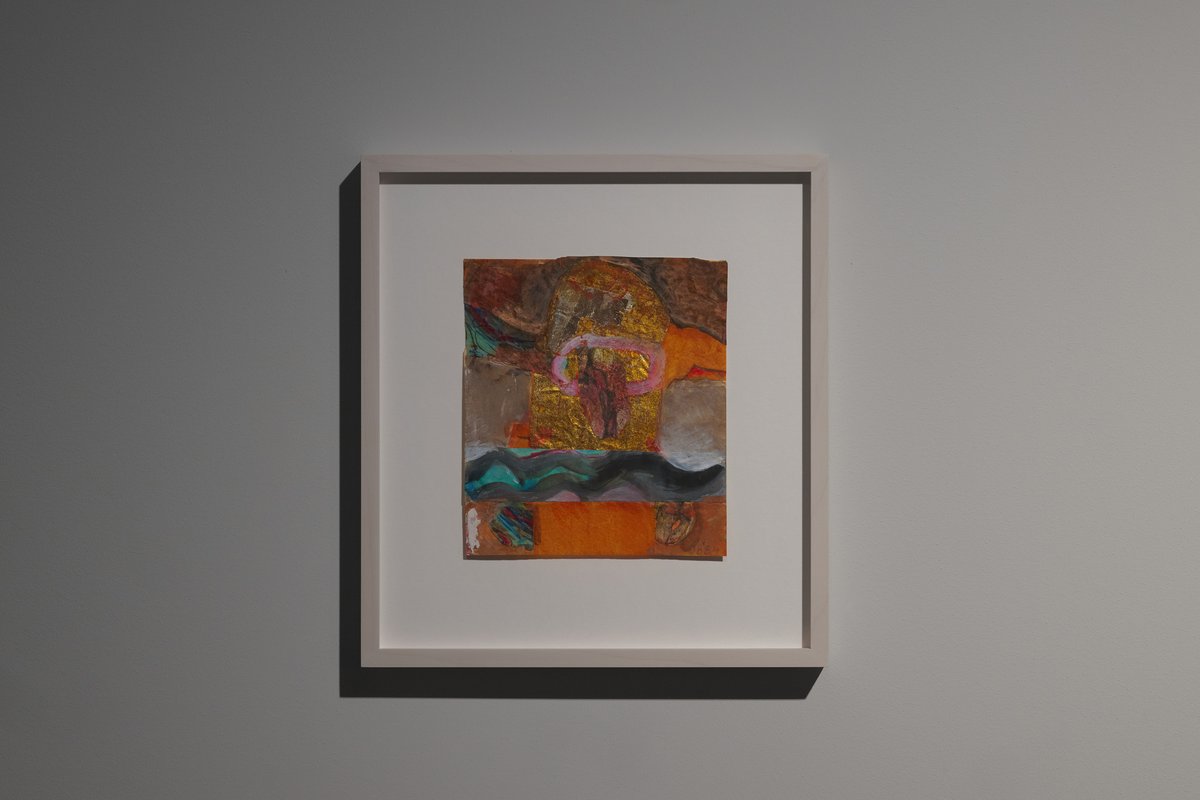
Dusti Bongé, Untitled (Brown, Orange and Black Abstract), 1984, mixed media on joss paper, 16 × 14 cm. Courtesy Dusti Bongé Art Foundation. Photo: Mareike Tocha.

Dusti Bongé, Untitled (Peach and Purple Abstract), 1991, watercolor on joss paper, 14 × 12,7 cm. Courtesy Dusti Bongé Art Foundation. Photo: Mareike Tocha.
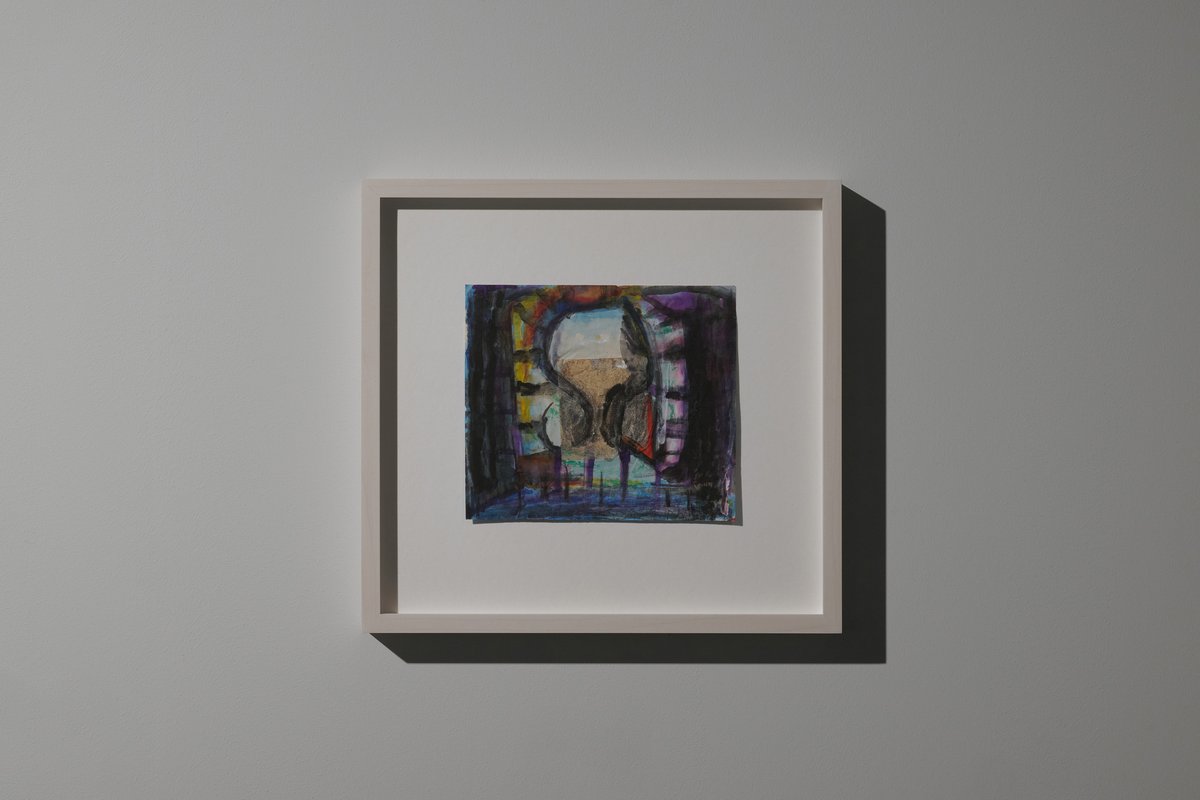
Dusti Bongé, Untitled (Black Multicolor Abstract), 1987, watercolor on joss paper, 14 × 12,7 cm. Courtesy Dusti Bongé Art Foundation. Photo: Mareike Tocha.
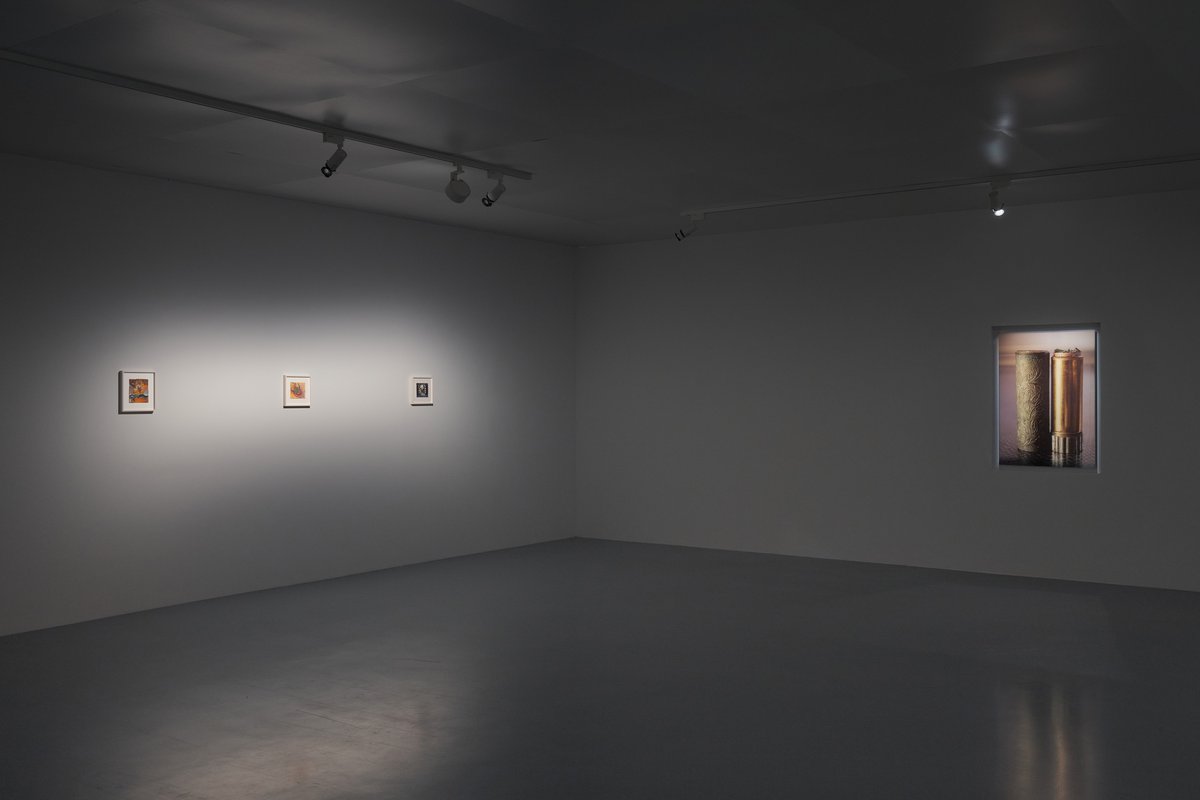
Philosopher of her own Ruin, Bonner Kunstverein, 2025. Exhibition view. Photo: Mareike Tocha.
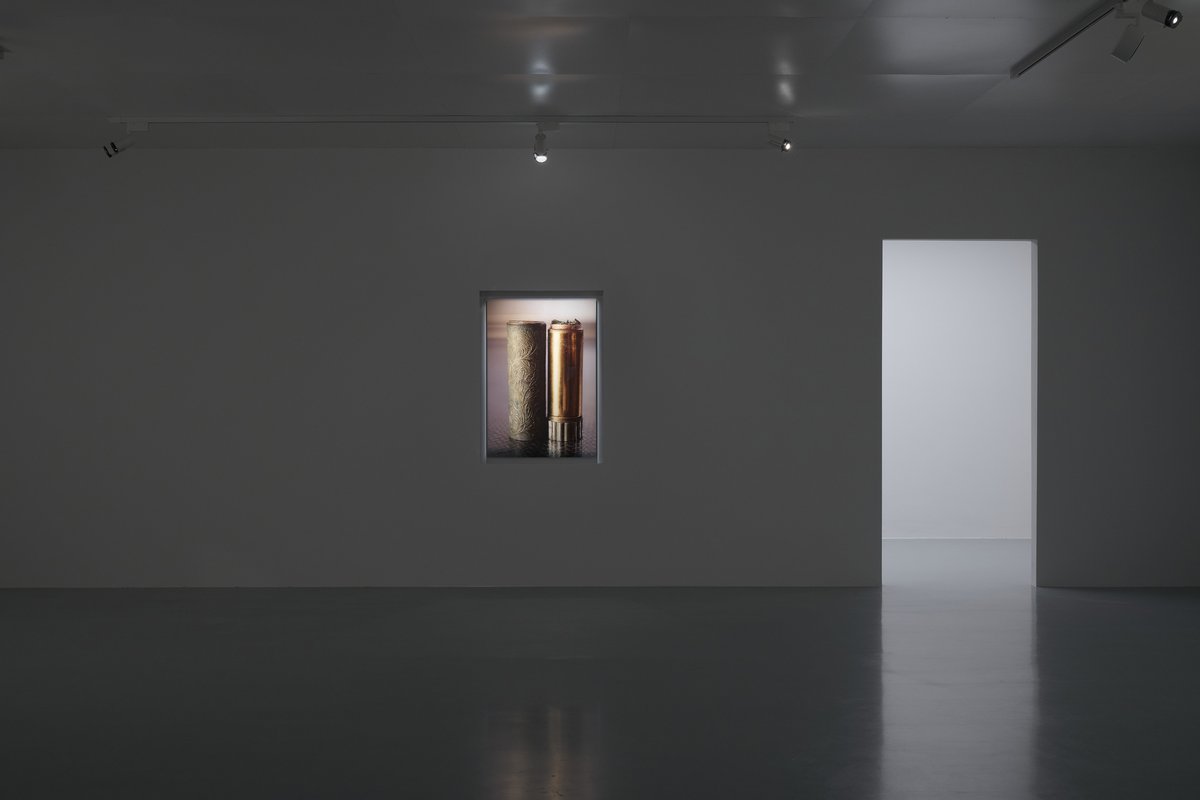
Miyako Ishiuchi, Mother’s #54, 2002, C-Print, 107,5 × 73,5 cm. Copyright Ishuichi Miyako, courtesy the Hasselblad Foundation, Gothenburg, Sweden. Photo: Mareike Tocha.

Miyako Ishiuchi, Mother’s #54, 2002, C-Print, 107,5 × 73,5 cm. Copyright Ishuichi Miyako, courtesy the Hasselblad Foundation, Gothenburg, Sweden. Photo: Mareike Tocha.
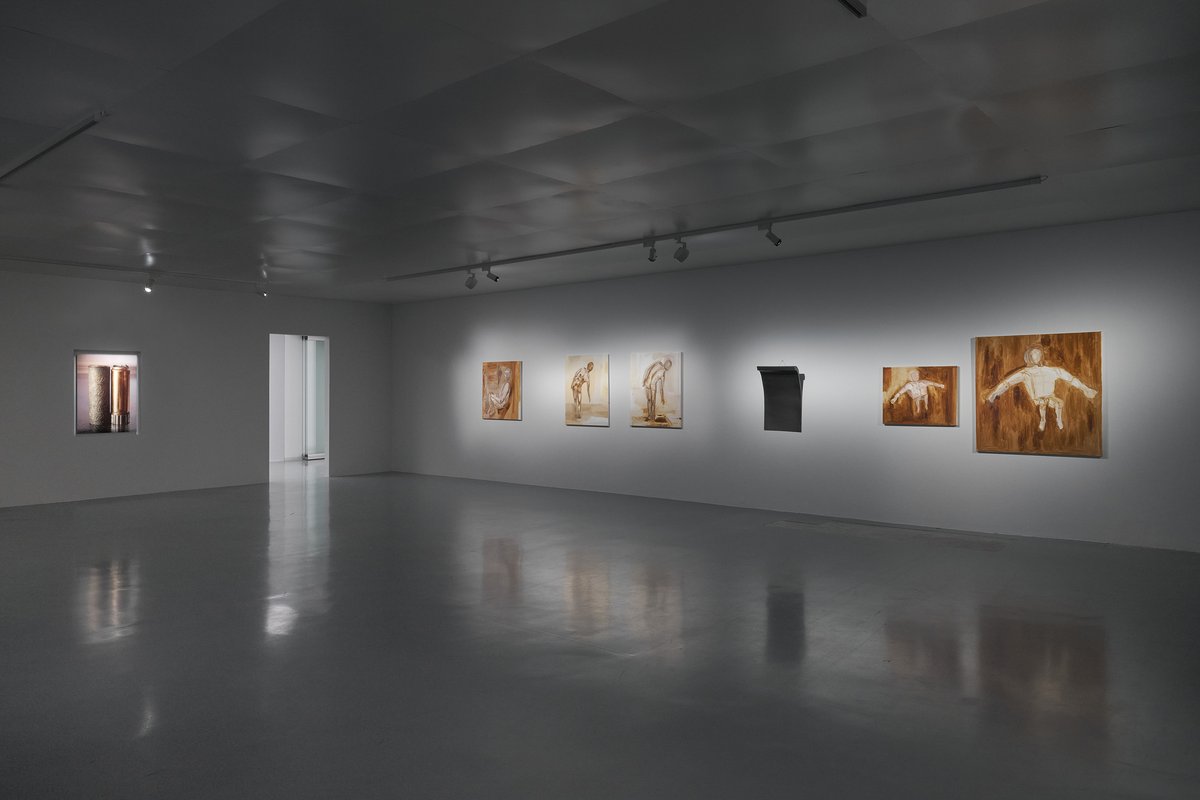
Philosopher of her own Ruin, Bonner Kunstverein, 2025. Exhibition view. Photo: Mareike Tocha.
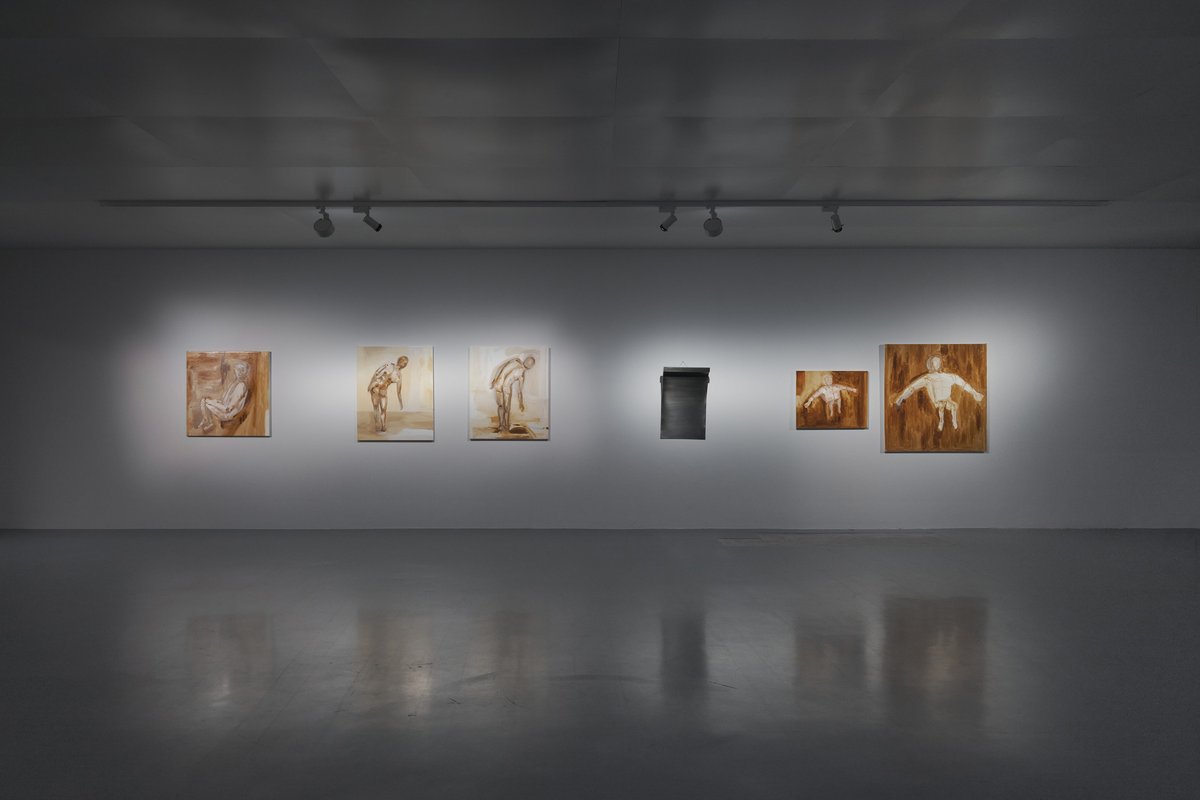
Philosopher of her own Ruin, Bonner Kunstverein, 2025. Ausstellungansicht. Foto: Mareike Tocha.

Sydney Schrader, Untitled, oil on linen, 2025, 90 × 88cm (left), Untitled, oil on linen, 2025, 100 × 81cm (middle), Untitled, oil on linen, 2025, 98 × 84cm (right). Courtesy the artist. Photo: Mareike Tocha.
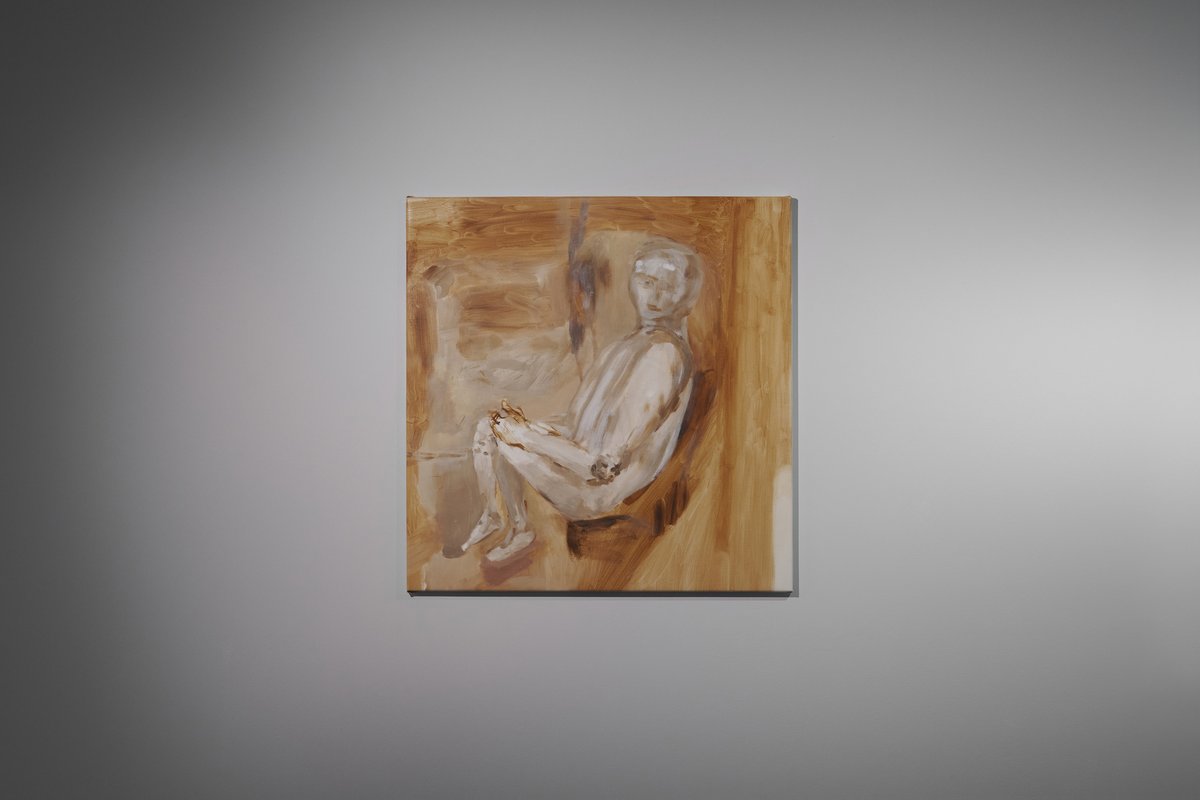
Sydney Schrader, Untitled, oil on linen, 2025, 90 × 88cm. Courtesy the artist. Photo: Mareike Tocha.
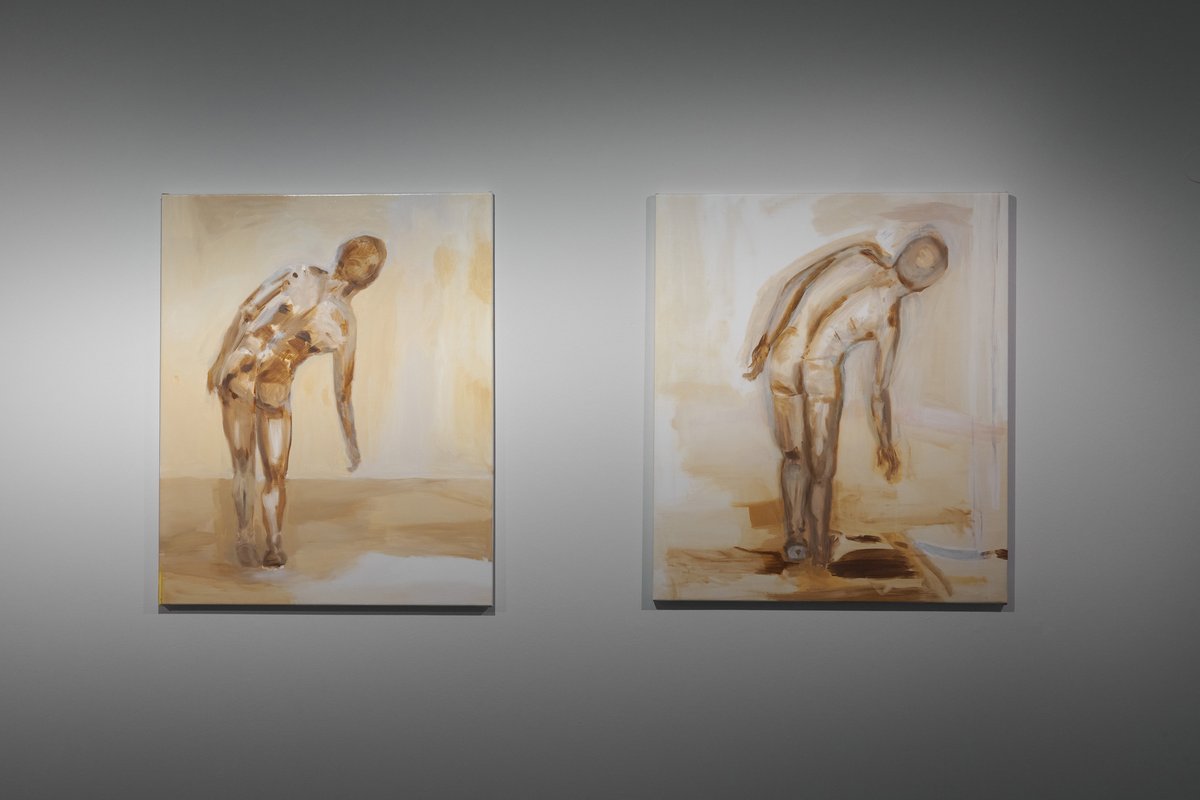
Sydney Schrader, Untitled, oil on linen, 2025, 100 × 81cm (left), Untitled, oil on linen, 2025, 98 × 84cm (right). Courtesy the artist. Photo: Mareike Tocha.
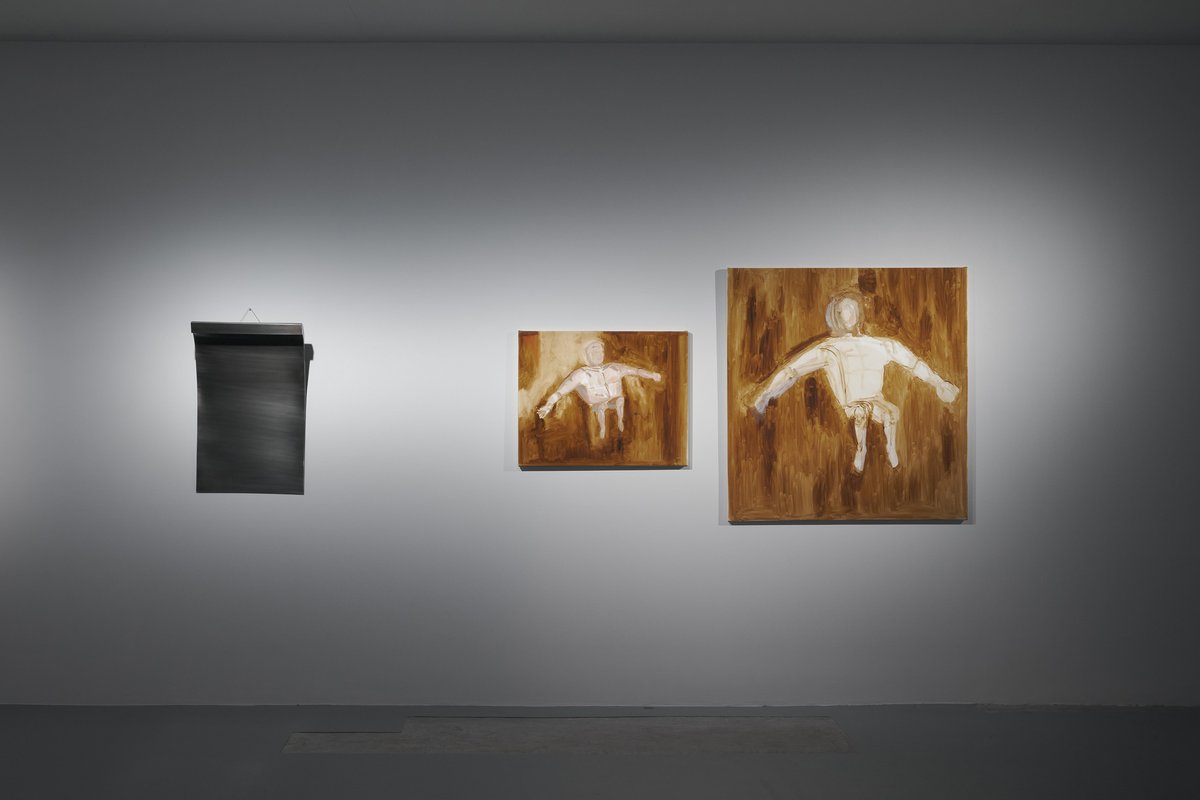
Sydney Schrader, Emil, stainless steel and stainless steel cord, 2025, 77 × 49 × 21 cm (left), Untitled, oil on linen, 2025, 61 × 77 cm (middle), Untitled, oil on linen, 2025, 115 × 110 cm (right). Courtesy the artist. Photo: Mareike Tocha.
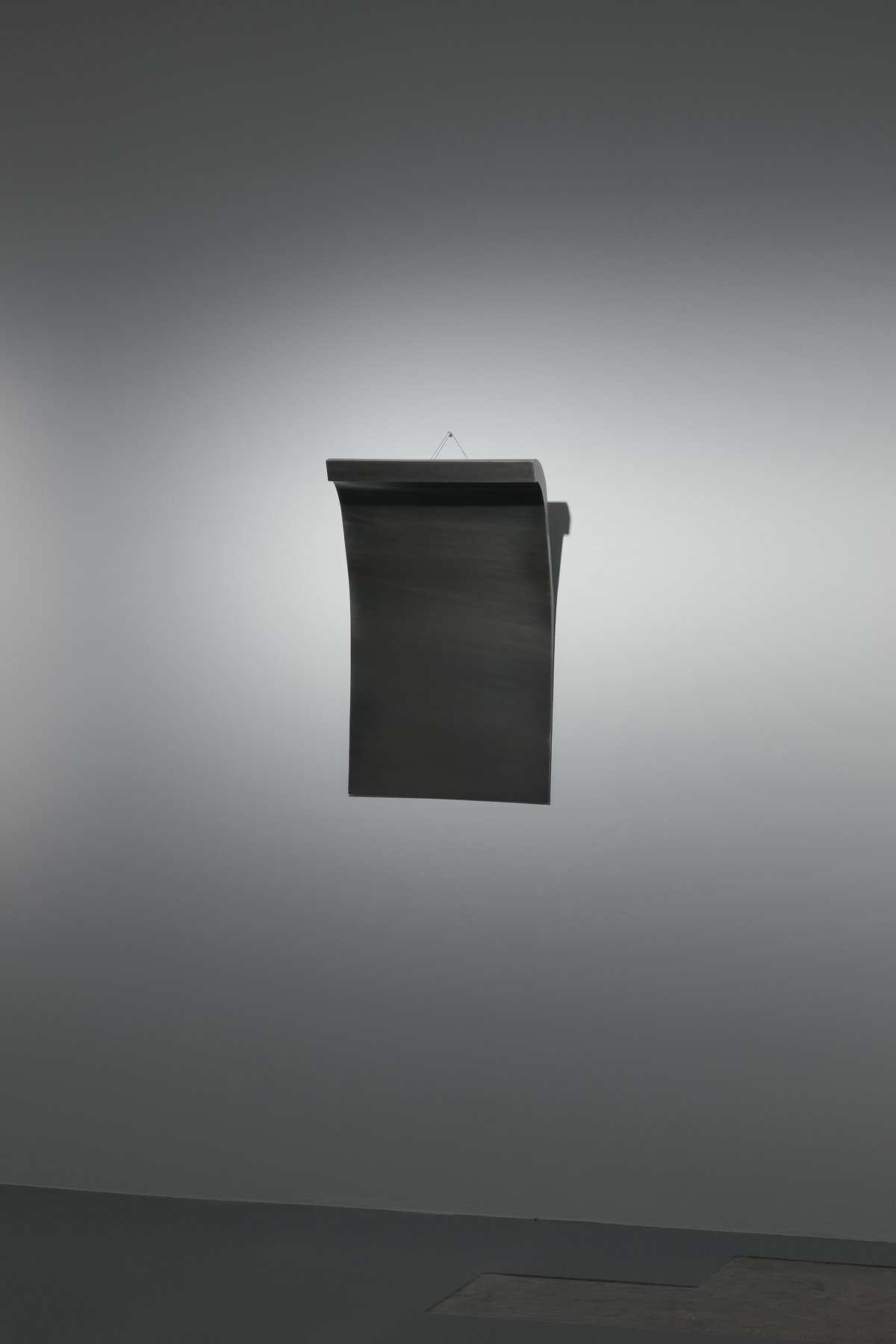
Sydney Schrader, Emil, stainless steel and stainless steel cord, 2025, 77 × 49 × 21 cm. Courtesy the artist. Photo: Mareike Tocha.

Sydney Schrader, Emil, stainless steel and stainless steel cord, 2025, 77 × 49 × 21 cm. Courtesy the artist. Photo: Mareike Tocha.

Sydney Schrader, Untitled, oil on linen, 2025, 61 × 77 cm (left), Untitled, oil on linen, 2025, 115 × 110 cm (right). Courtesy the artist. Photo: Mareike Tocha.
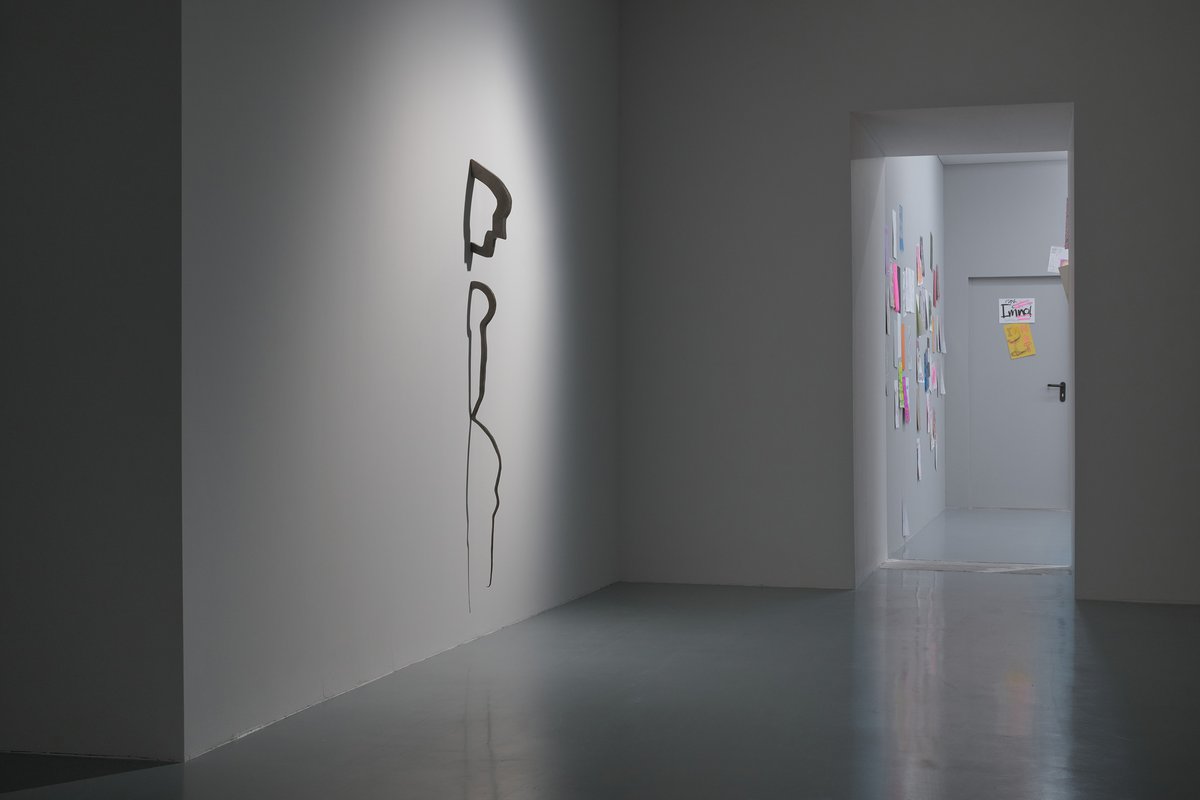
Philosopher of her own Ruin, Bonner Kunstverein, 2025. Exhibition view. Photo: Mareike Tocha.
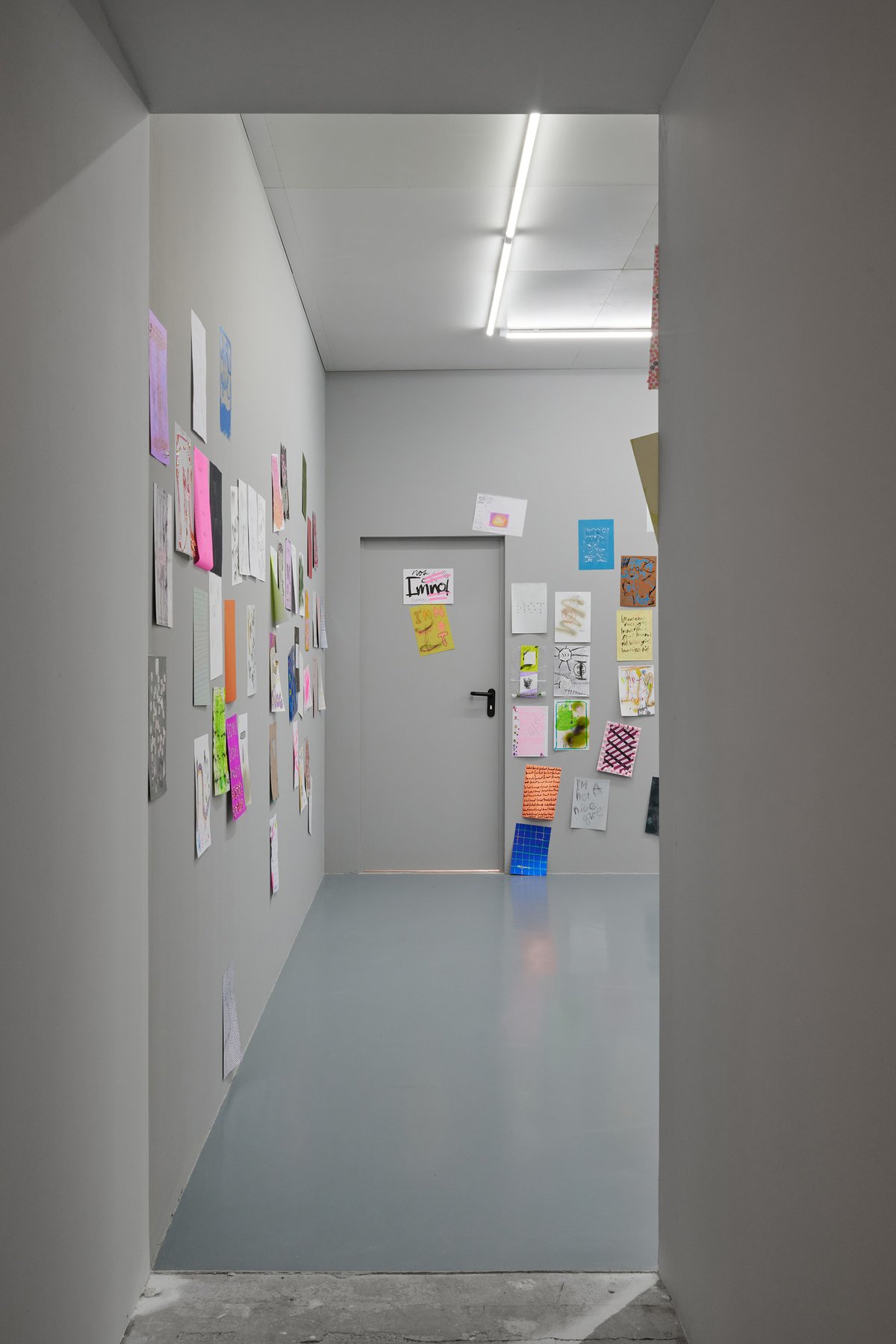
Linda Semadeni, a feeling, a feeling, a feeling, a feeling, 2025, mixed media, installation, dimensions variable. Courtesy the artist. Photo: Mareike Tocha.
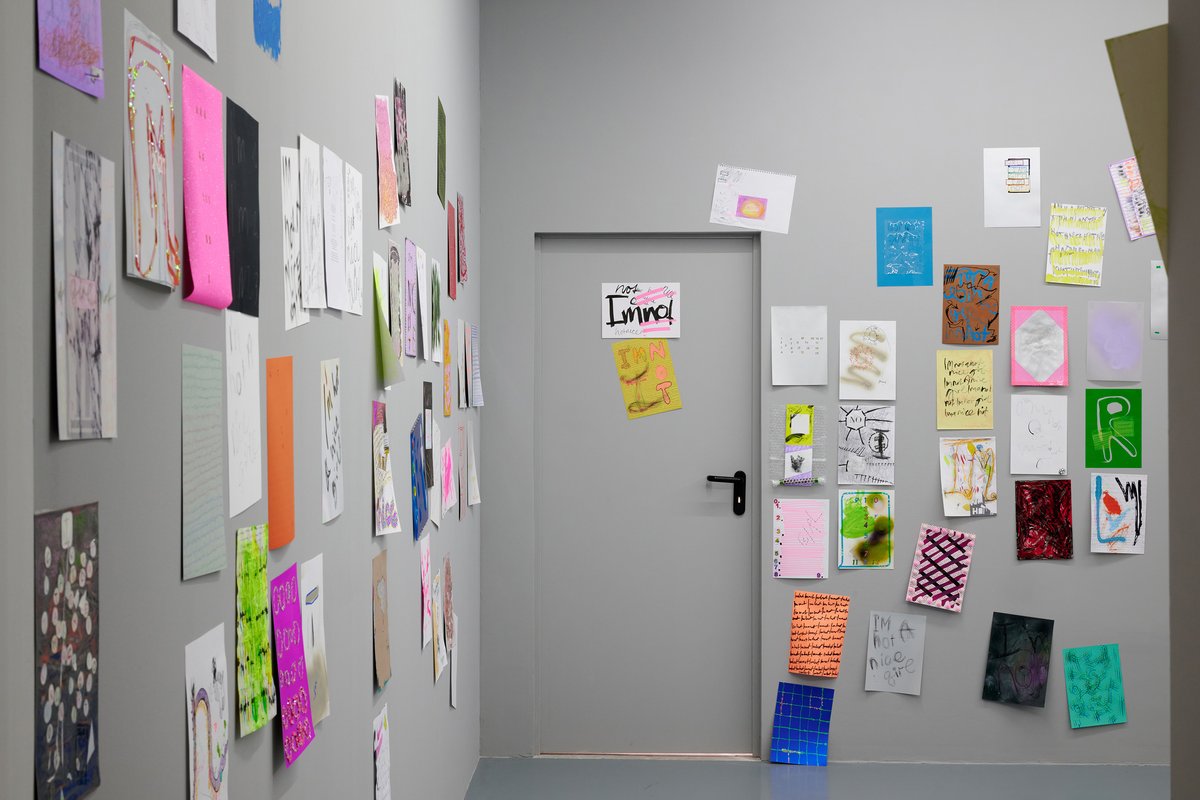
Linda Semadeni, a feeling, a feeling, a feeling, a feeling, 2025, mixed media, installation, dimensions variable. Courtesy the artist. Photo: Mareike Tocha.
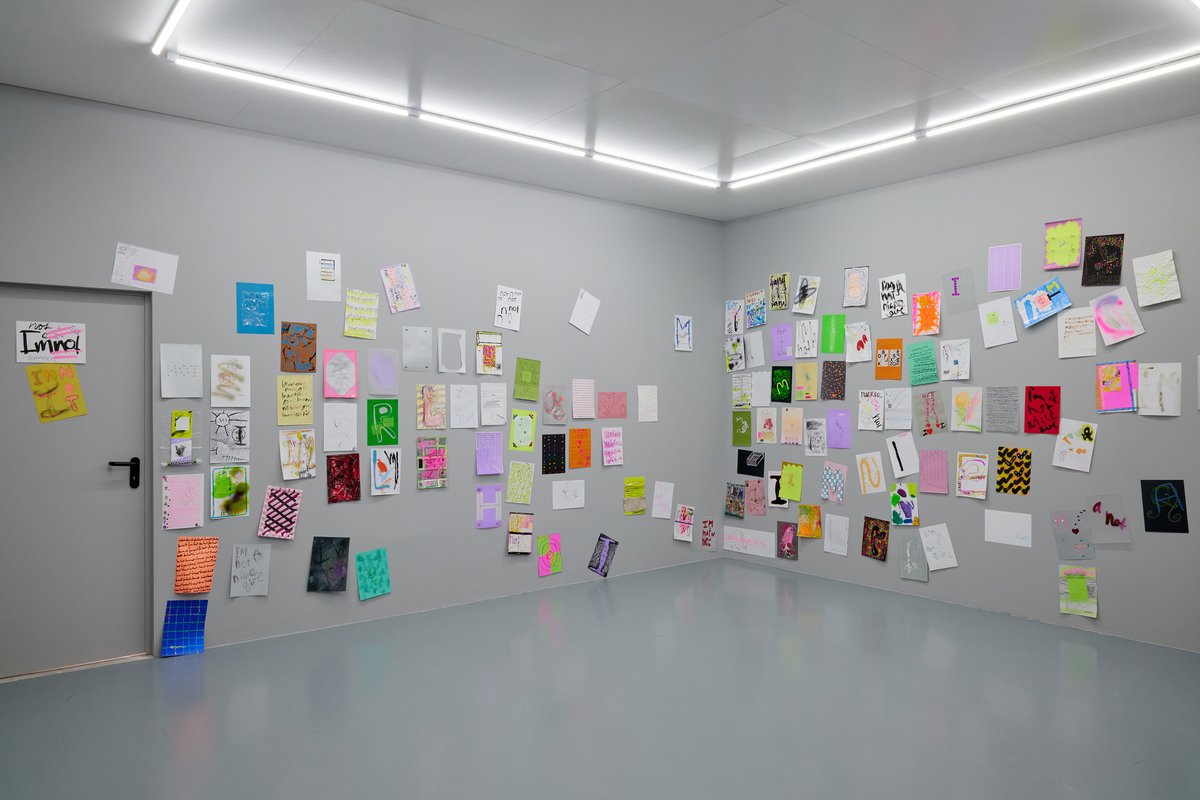
Linda Semadeni, a feeling, a feeling, a feeling, a feeling, 2025, mixed media, installation, dimensions variable. Courtesy the artist. Photo: Mareike Tocha.
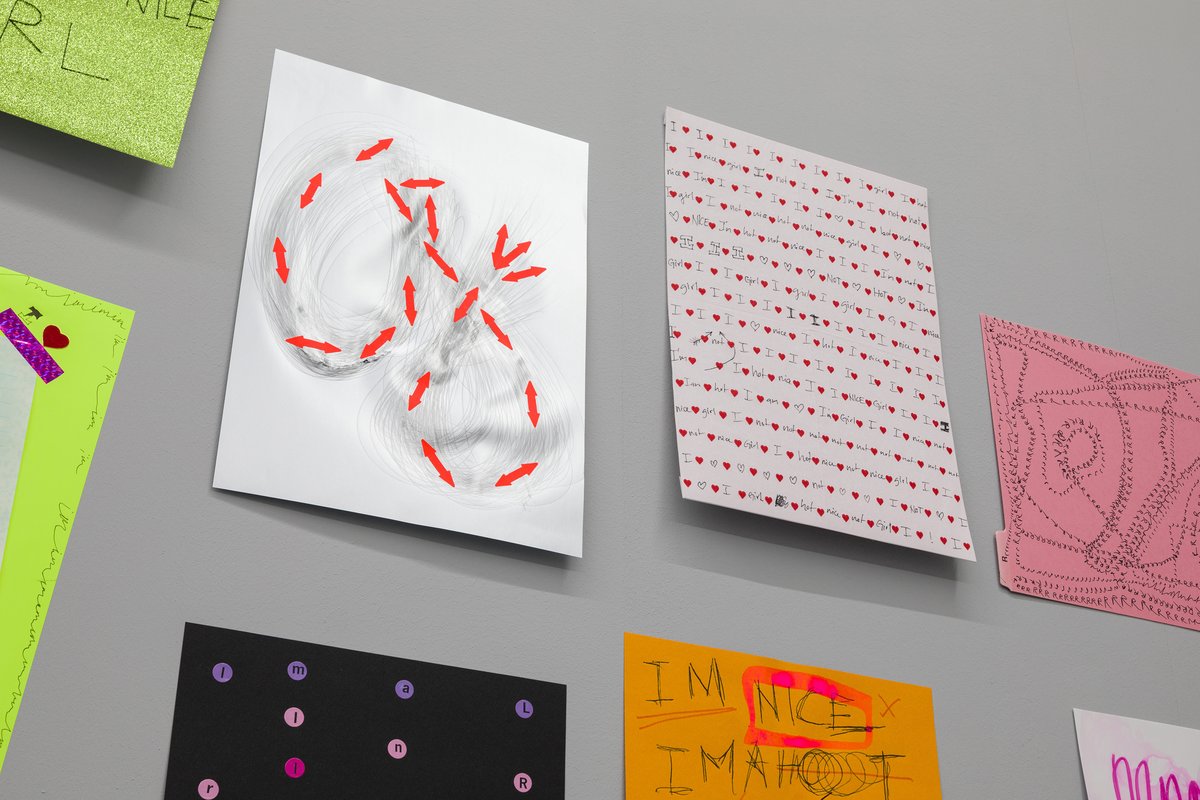
Linda Semadeni, a feeling, a feeling, a feeling, a feeling, 2025, mixed media, installation, dimensions variable. Courtesy the artist. Photo: Björn Allemann.
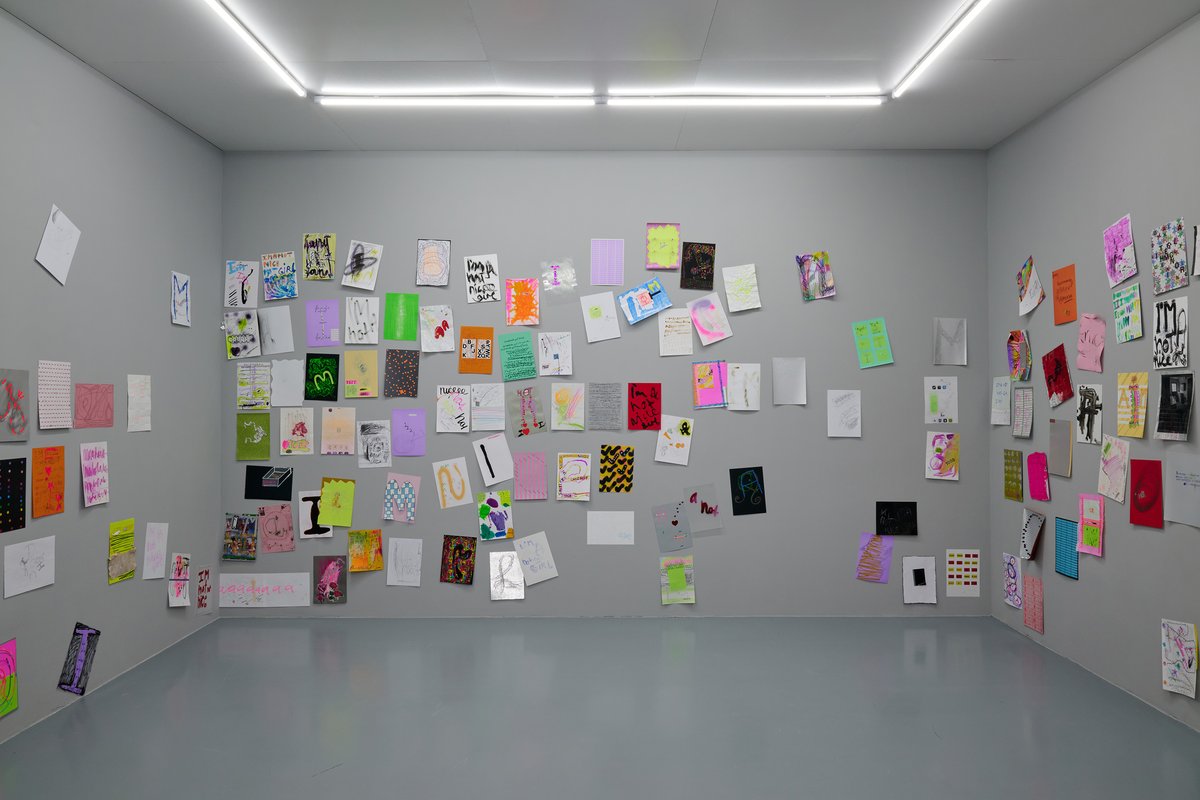
Linda Semadeni, a feeling, a feeling, a feeling, a feeling, 2025, mixed media, installation, dimensions variable. Courtesy the artist. Photo: Mareike Tocha.

Linda Semadeni, a feeling, a feeling, a feeling, a feeling, 2025, mixed media, installation, dimensions variable. Courtesy the artist. Photo: Björn Allemann.
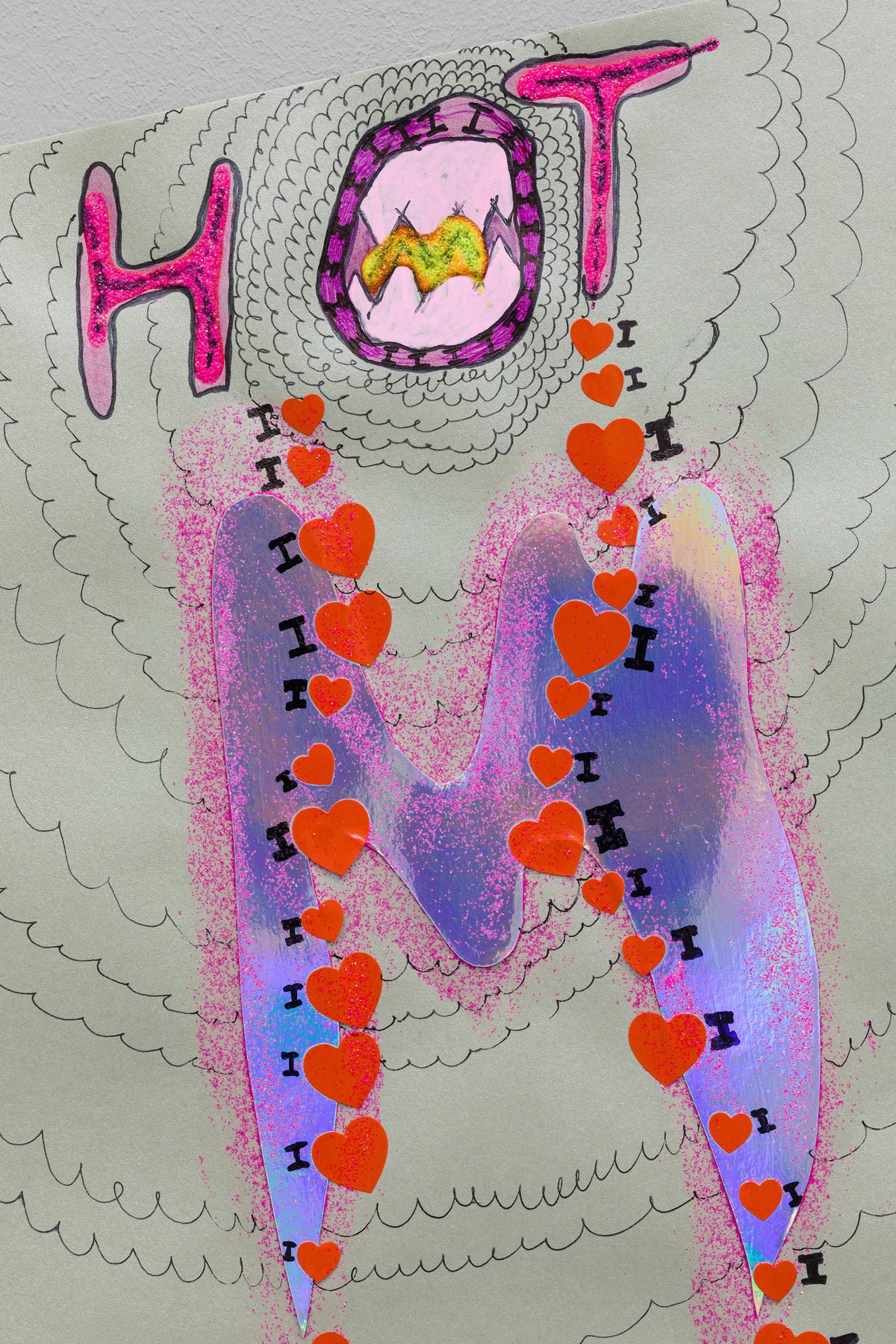
Linda Semadeni, a feeling, a feeling, a feeling, a feeling, 2025, mixed media, installation, dimensions variable. Courtesy the artist. Photo: Björn Allemann.

Linda Semadeni, a feeling, a feeling, a feeling, a feeling, 2025, mixed media, installation, dimensions variable. Courtesy the artist. Photo: Mareike Tocha.
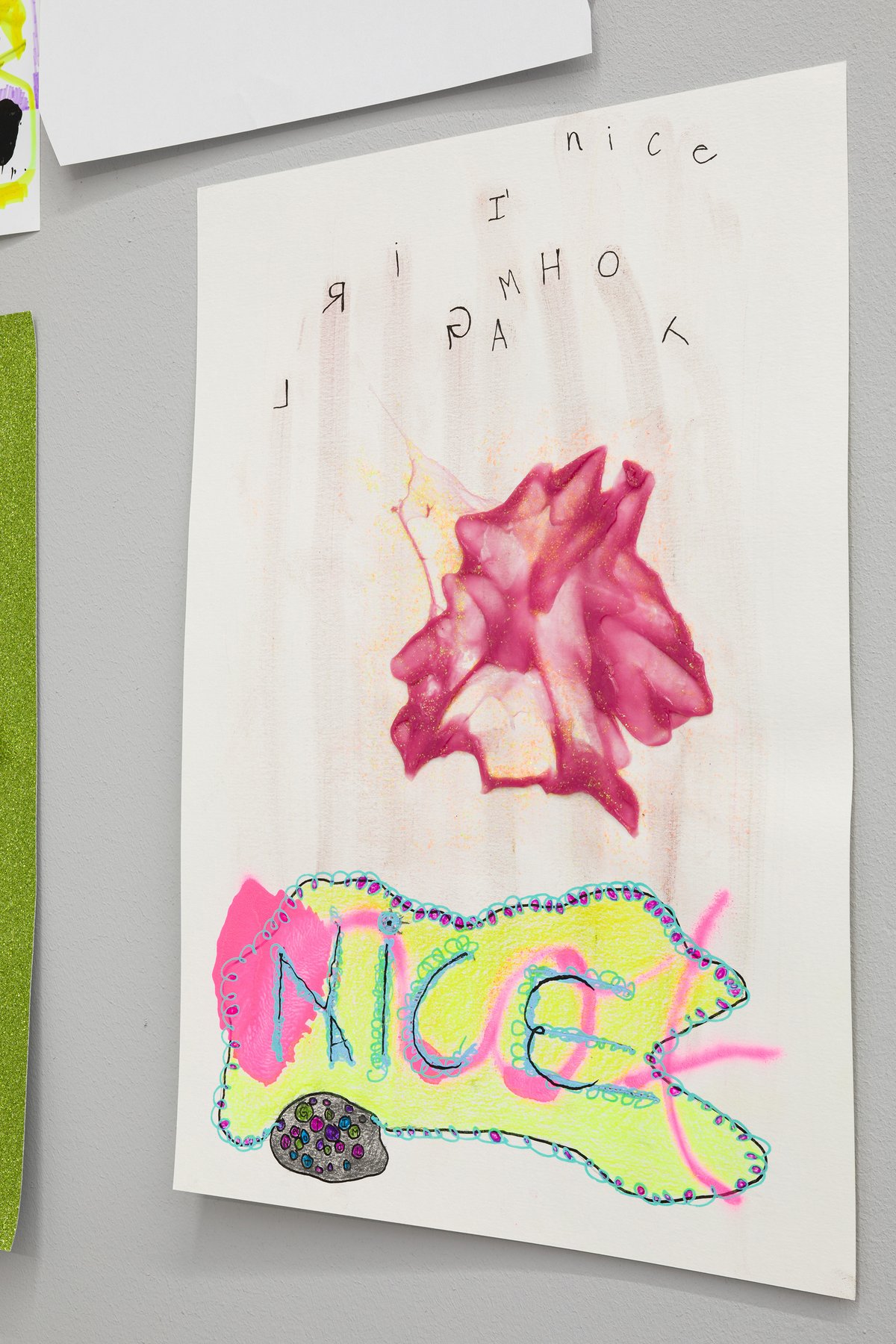
Linda Semadeni, a feeling, a feeling, a feeling, a feeling, 2025, mixed media, installation, dimensions variable. Courtesy the artist. Photo: Björn Allemann.

Linda Semadeni, a feeling, a feeling, a feeling, a feeling, 2025, mixed media, installation, dimensions variable. Courtesy the artist. Photo: Mareike Tocha.

Linda Semadeni, a feeling, a feeling, a feeling, a feeling, 2025, mixed media, installation, dimensions variable. Courtesy the artist. Photo: Björn Allemann.

Linda Semadeni, a feeling, a feeling, a feeling, a feeling, 2025, mixed media, installation, dimensions variable. Courtesy the artist. Photo: Björn Allemann.